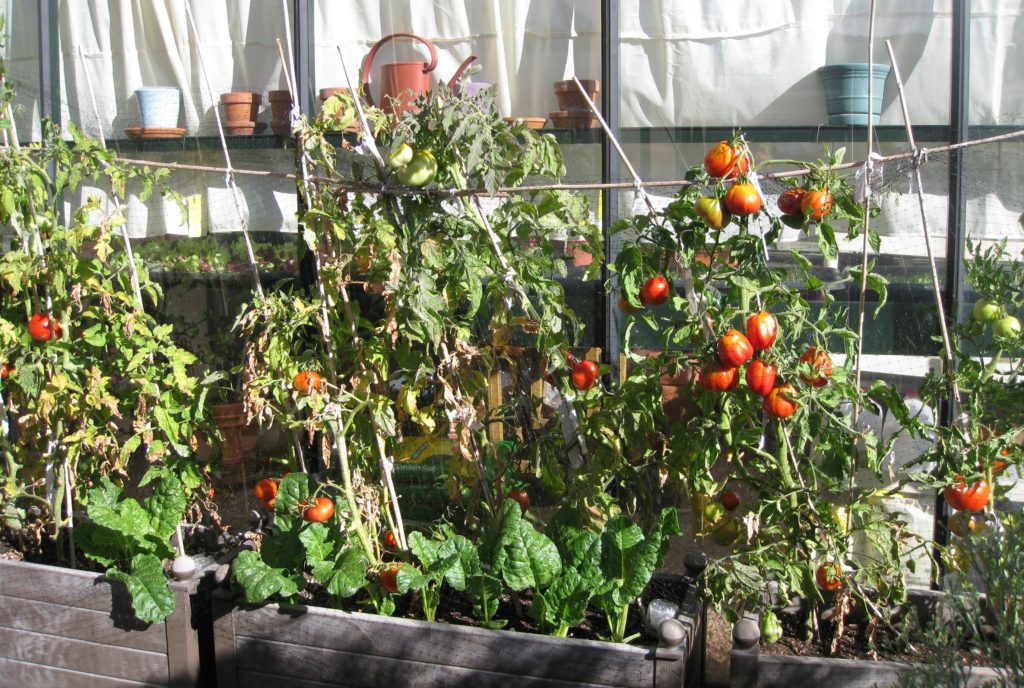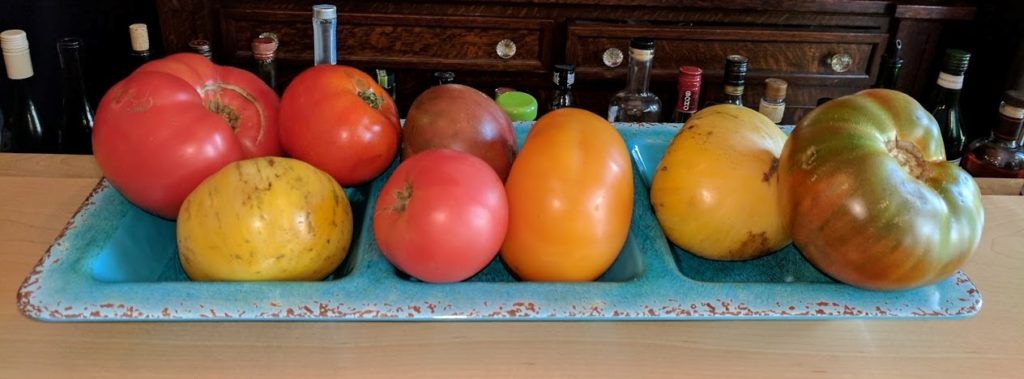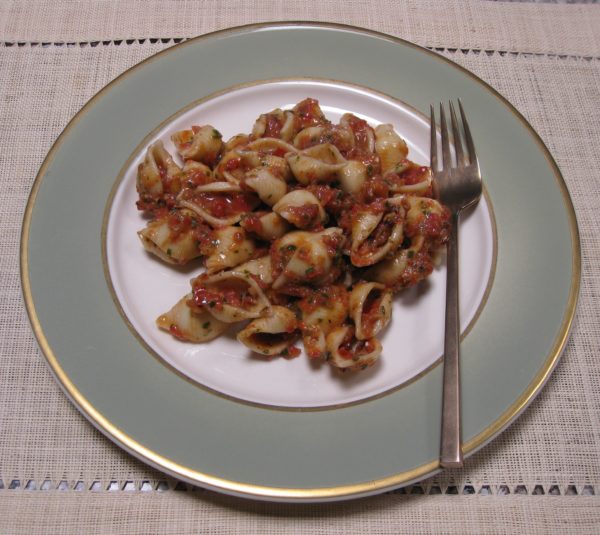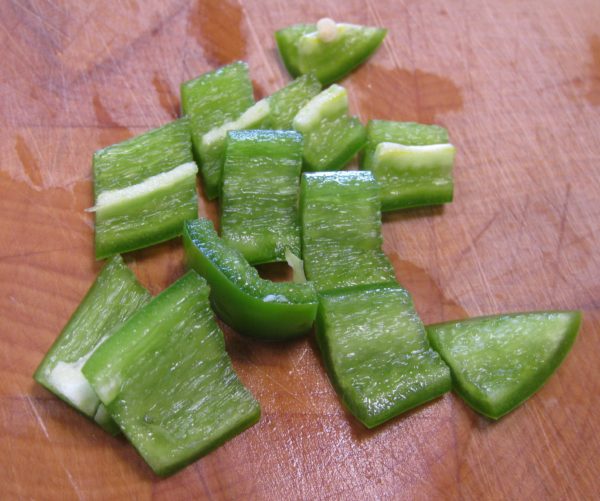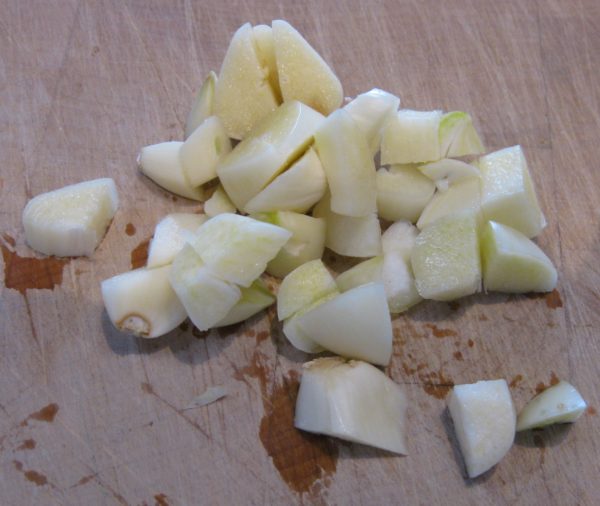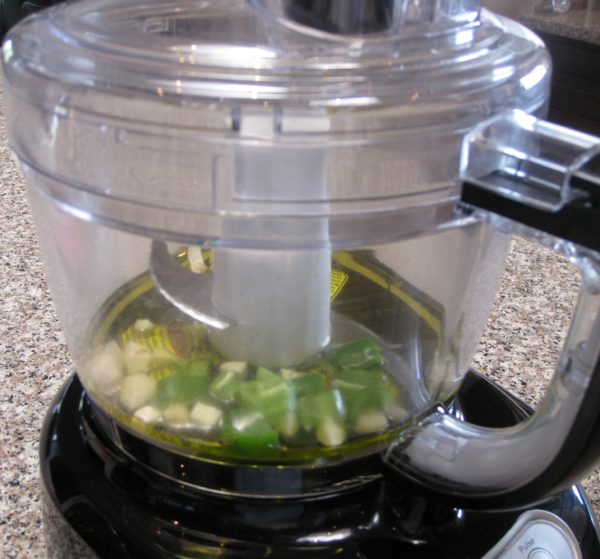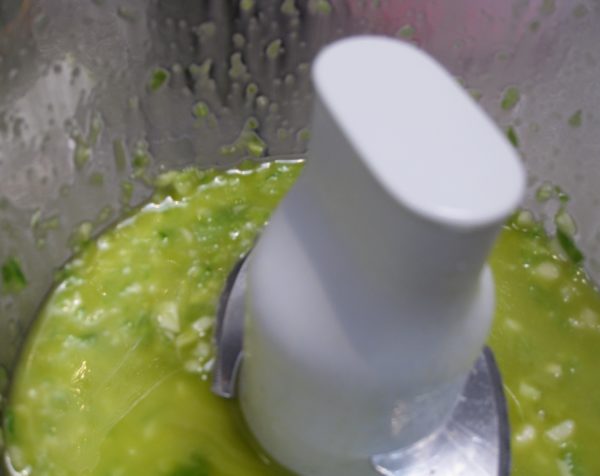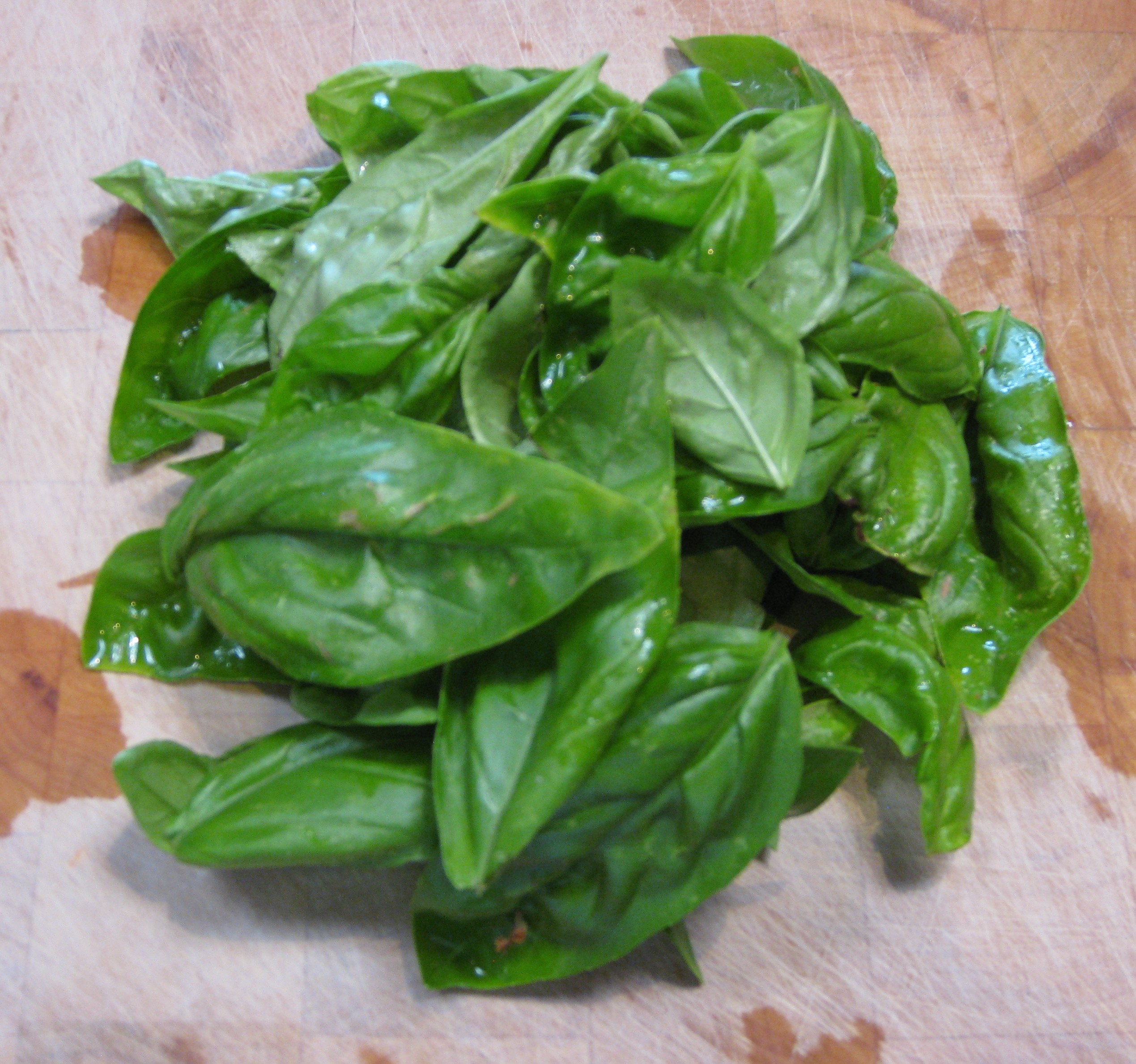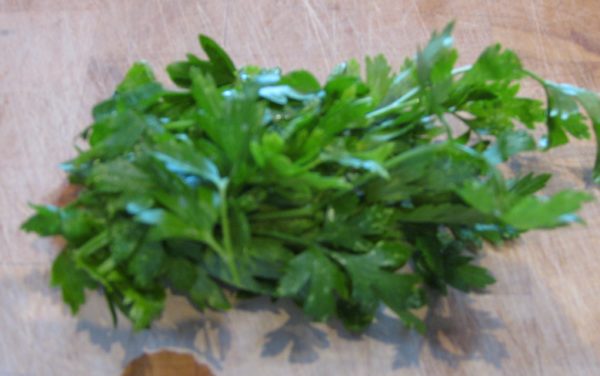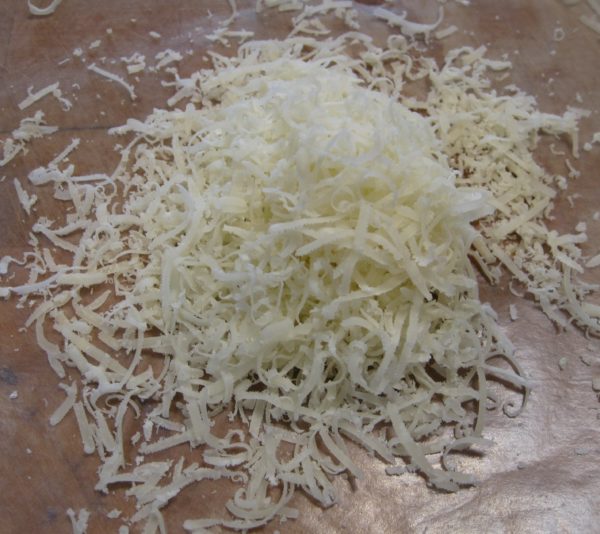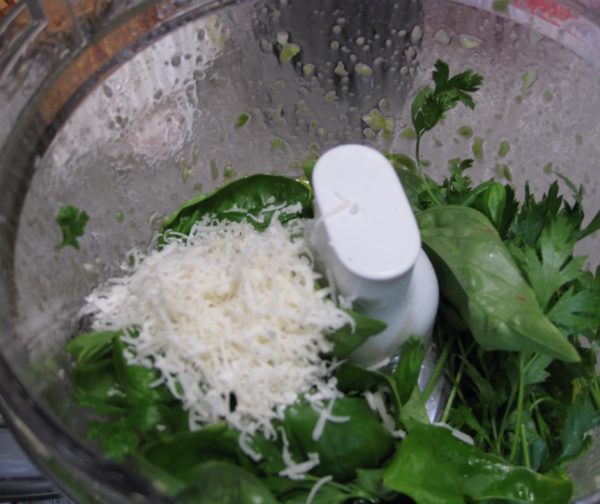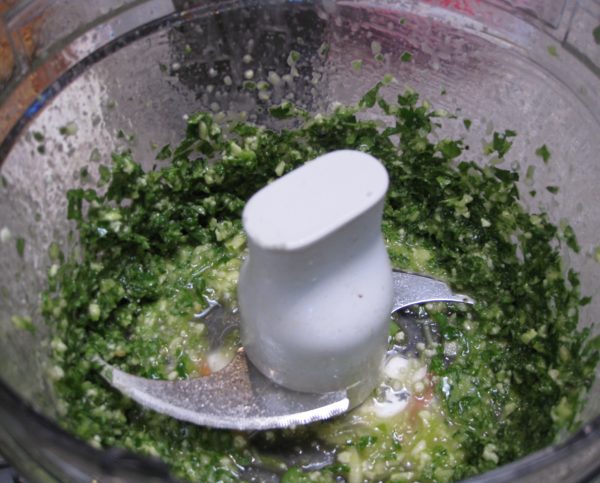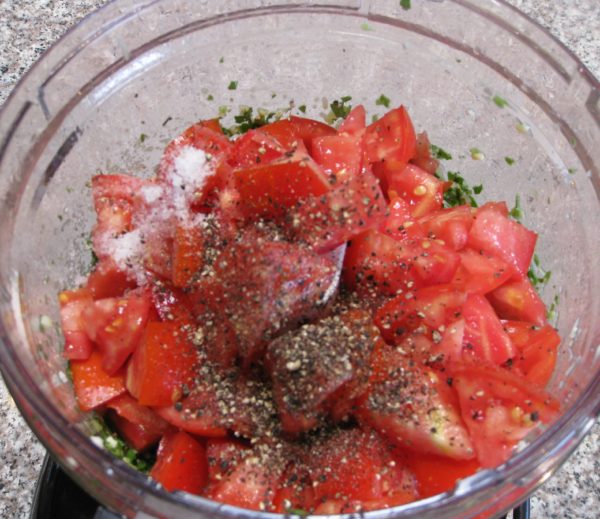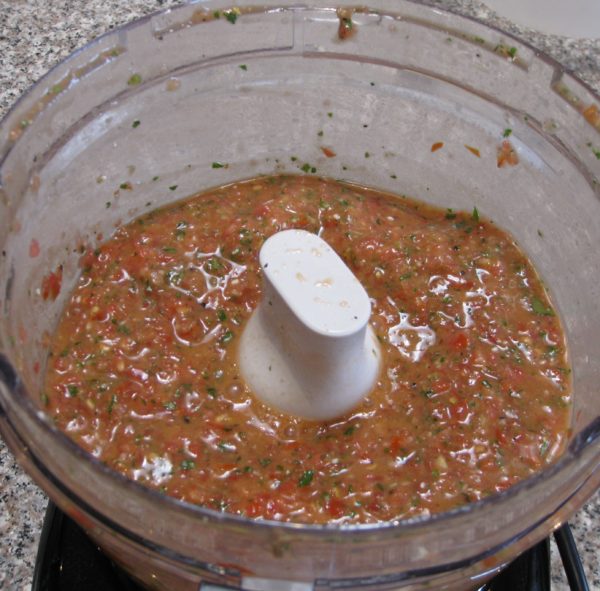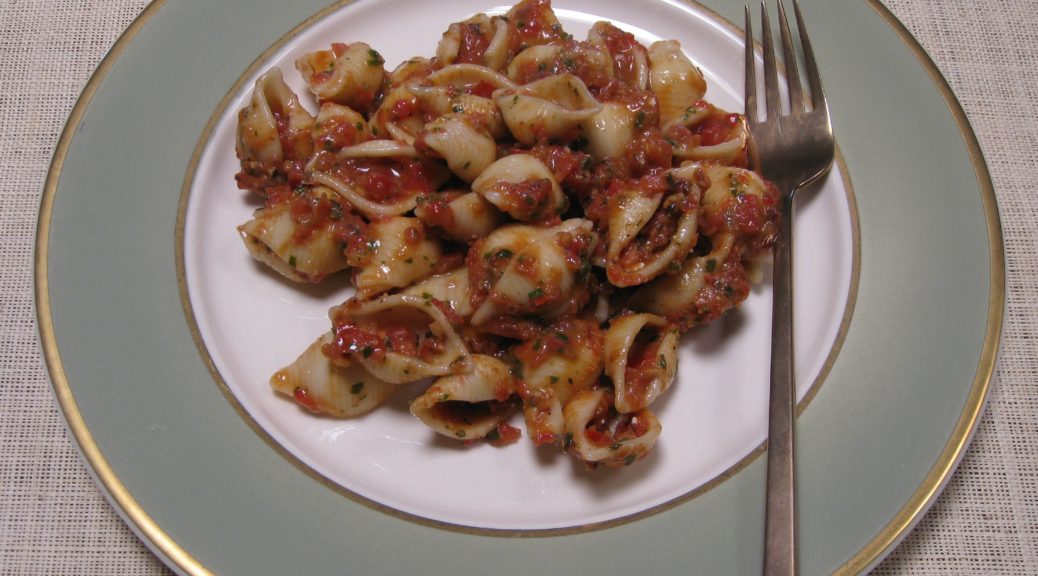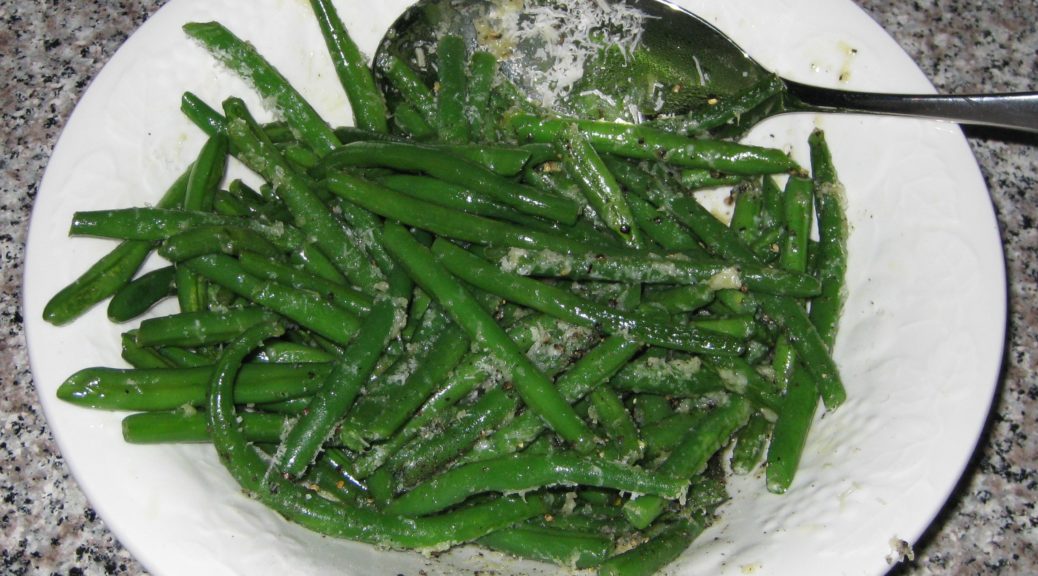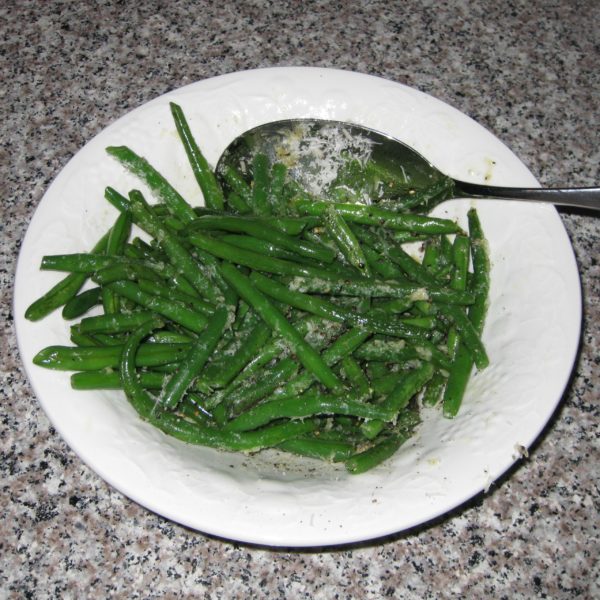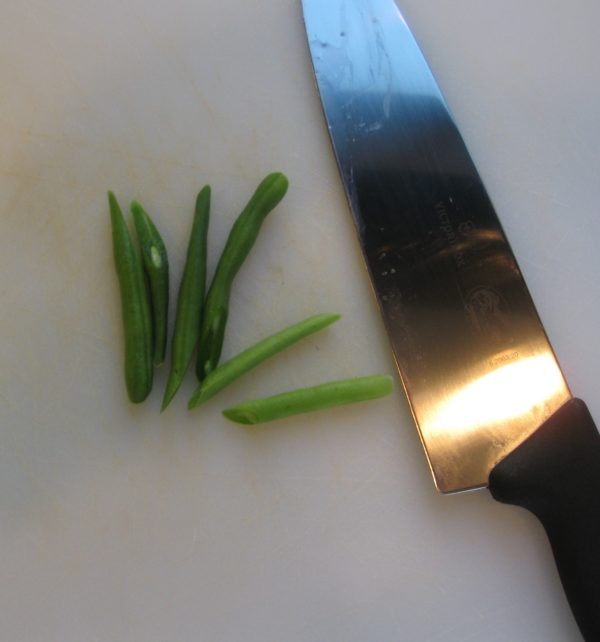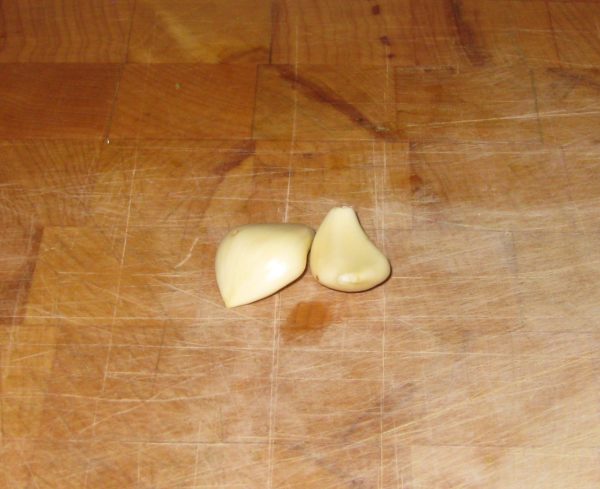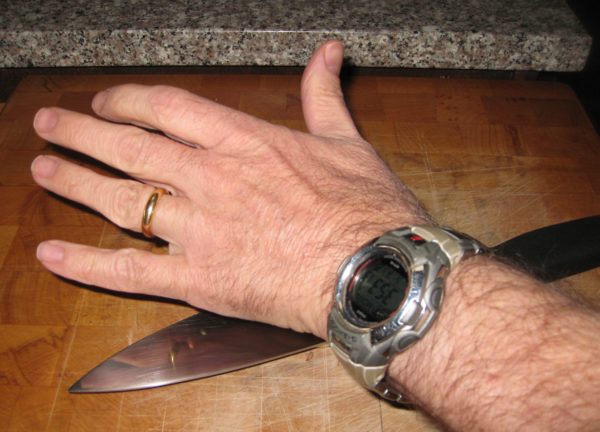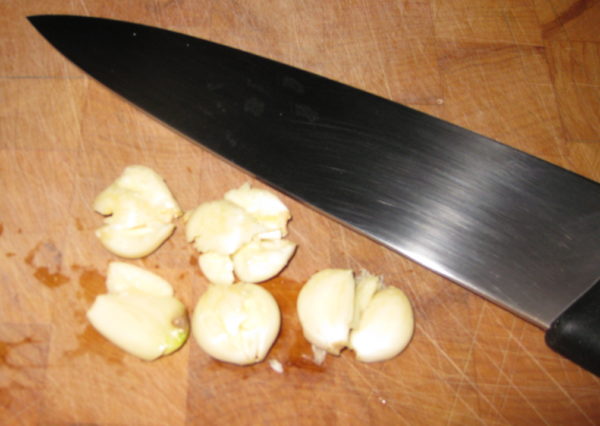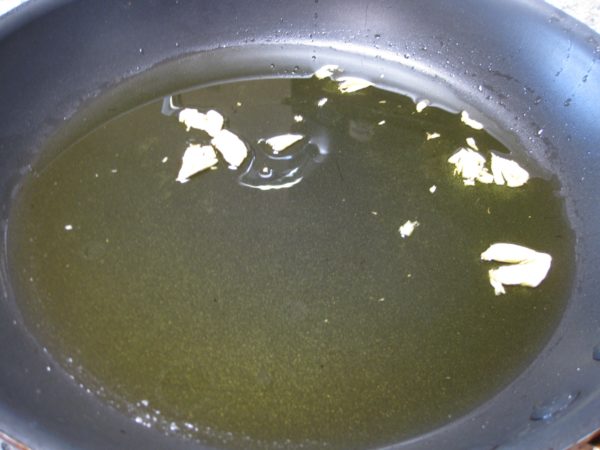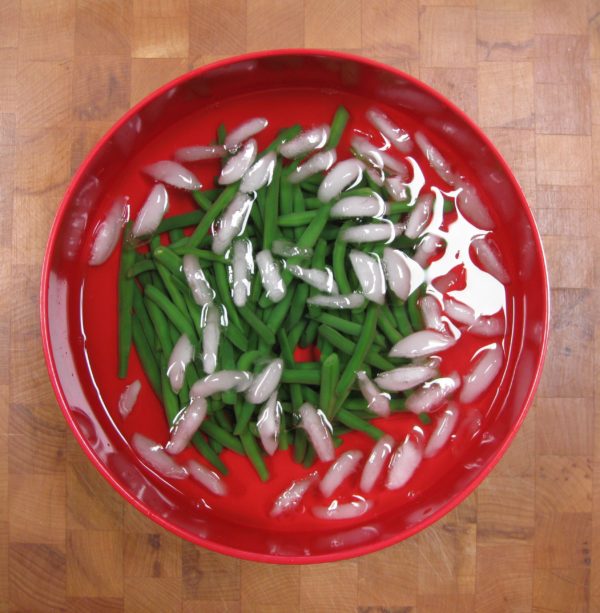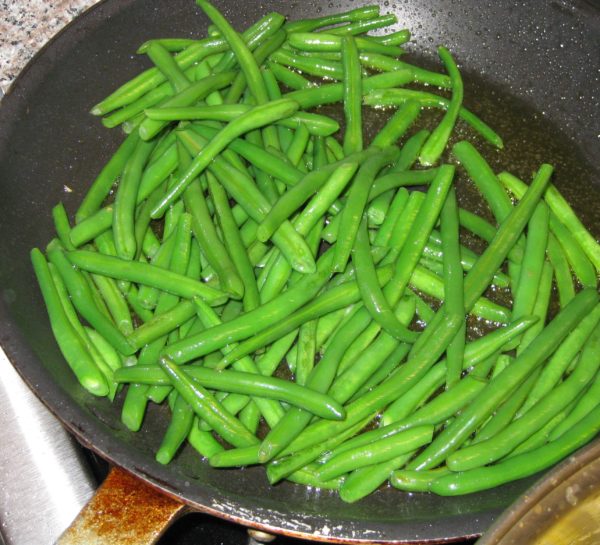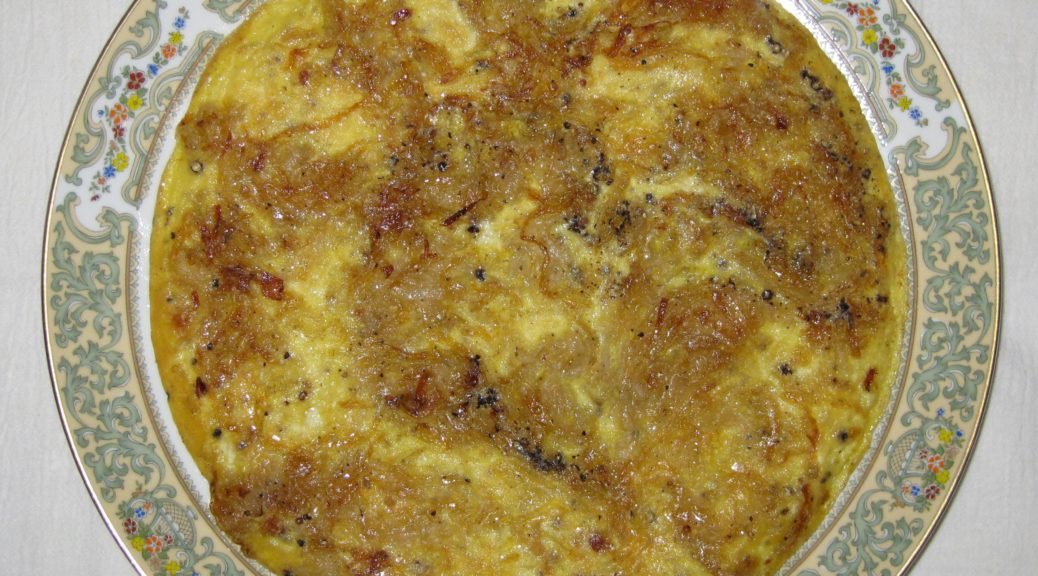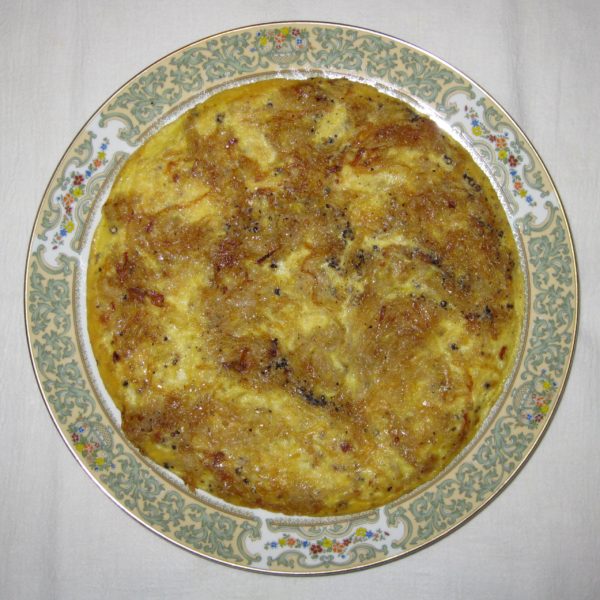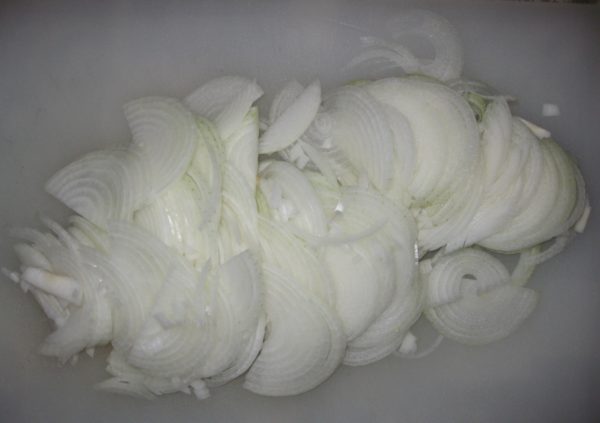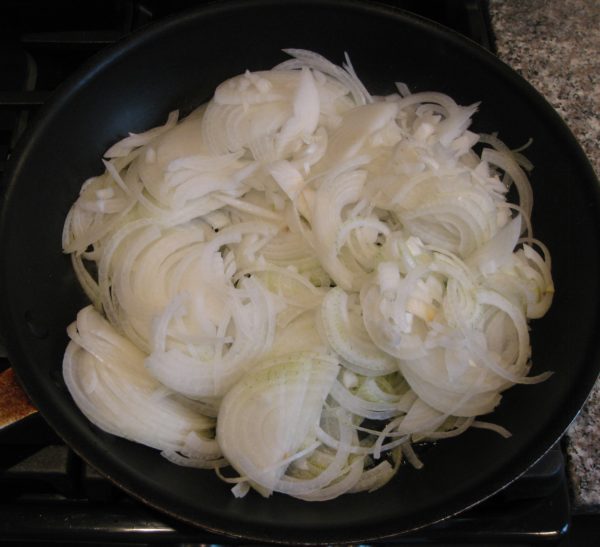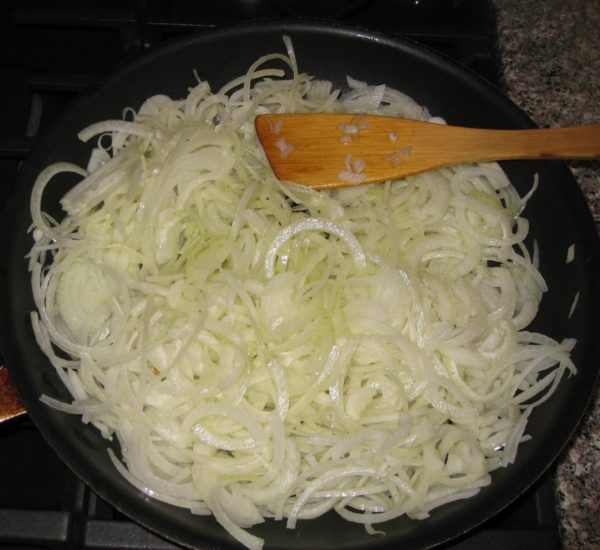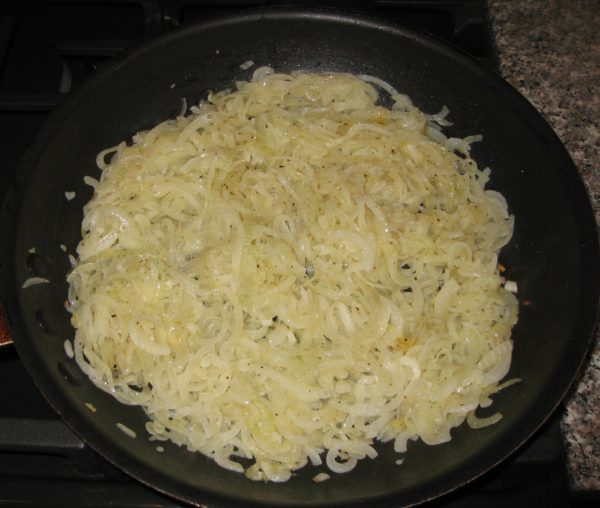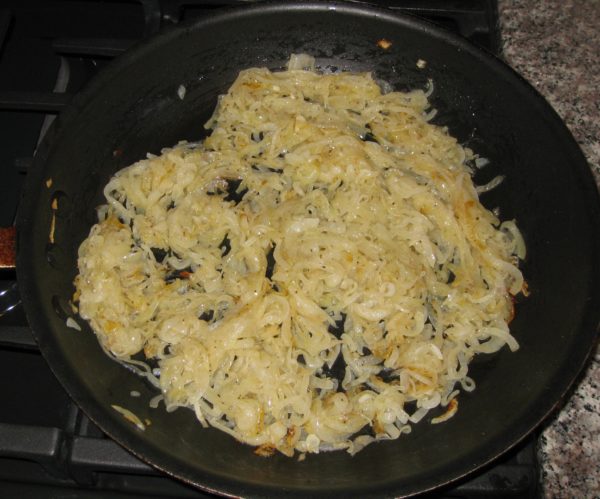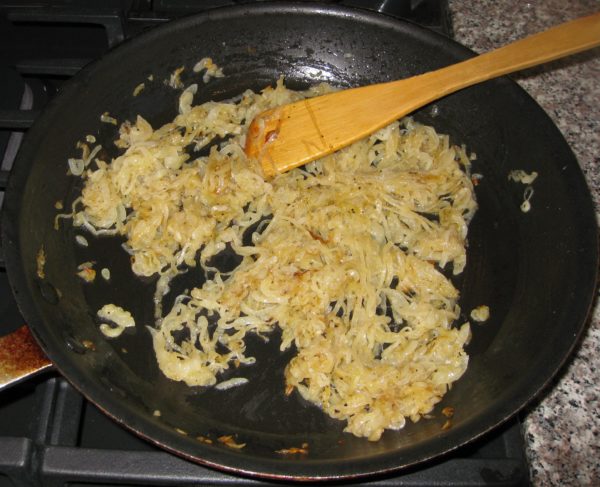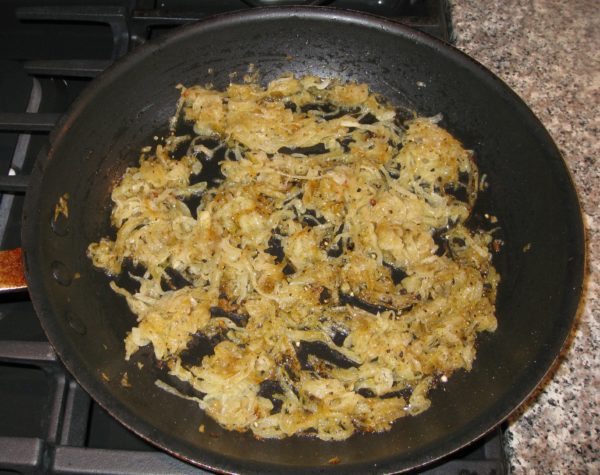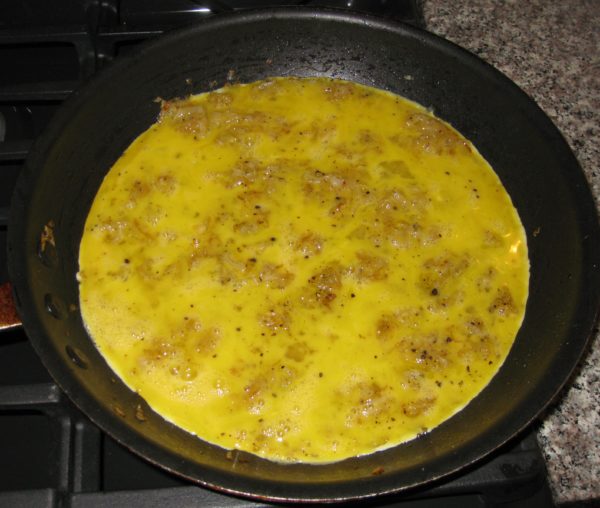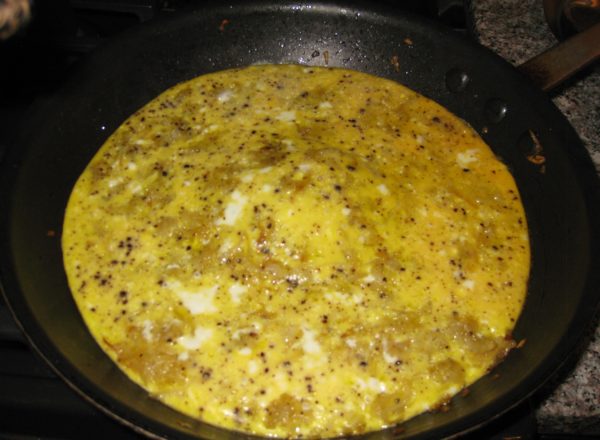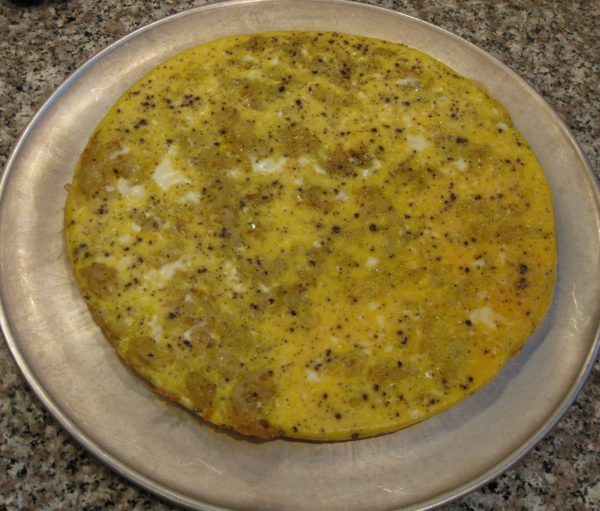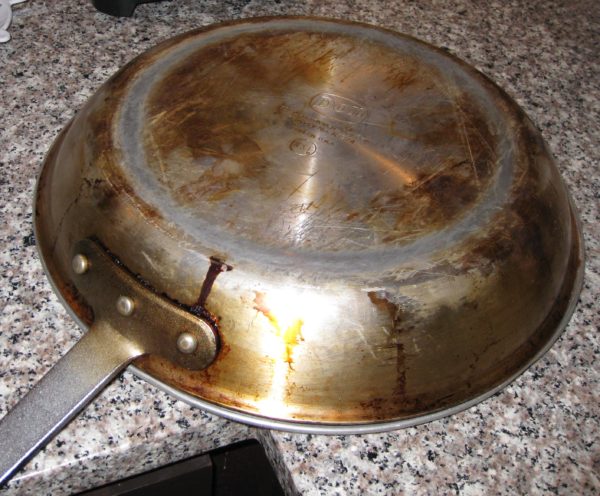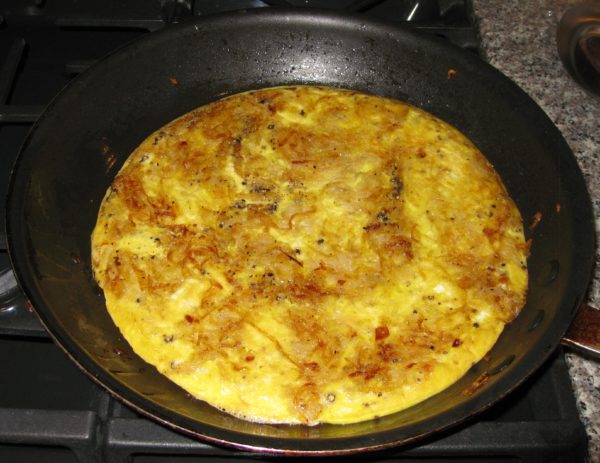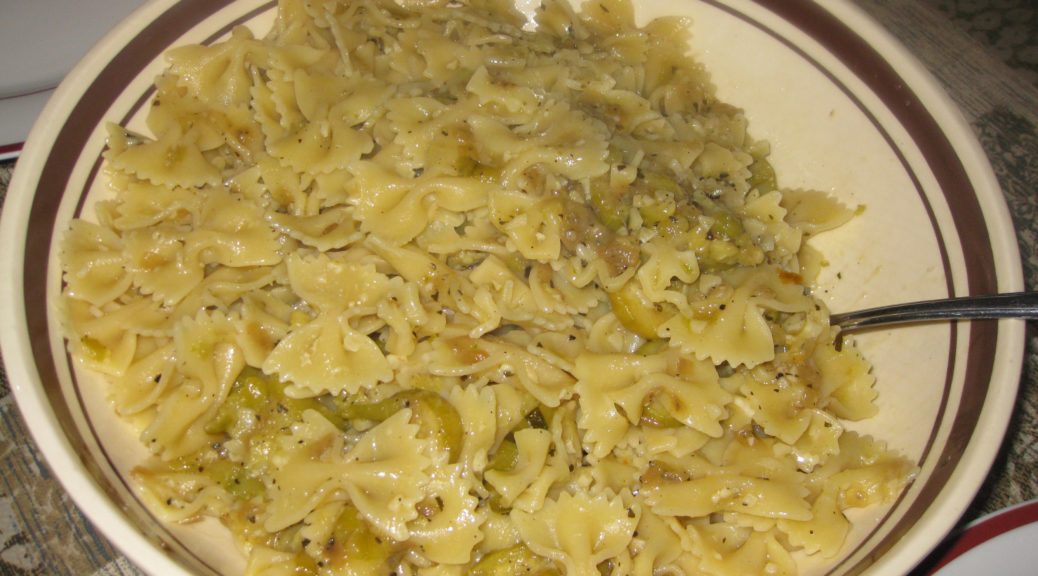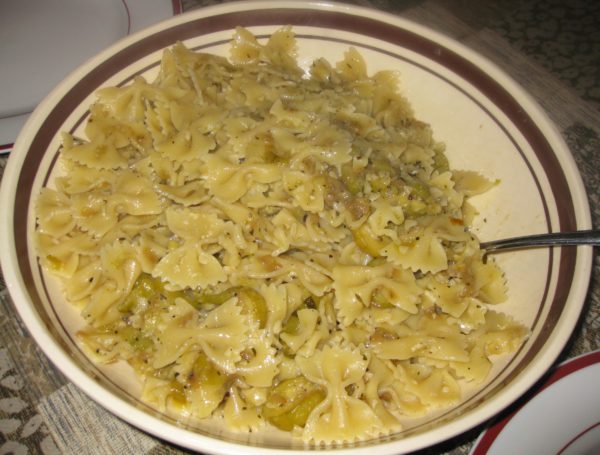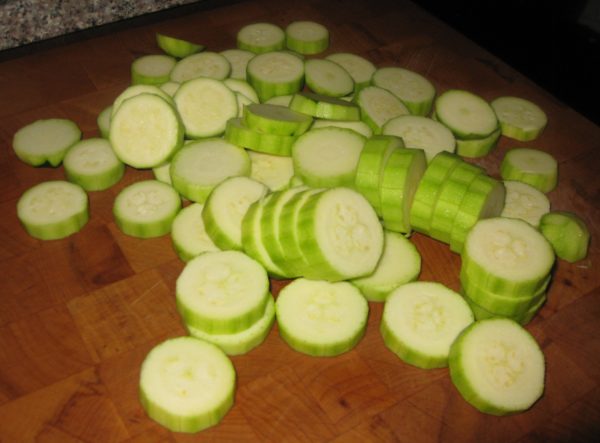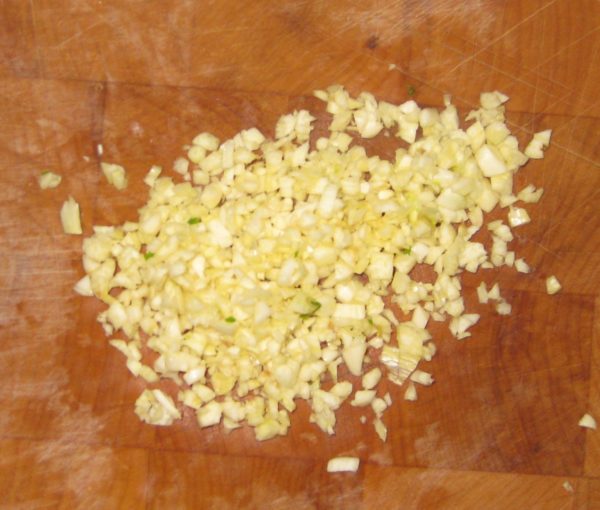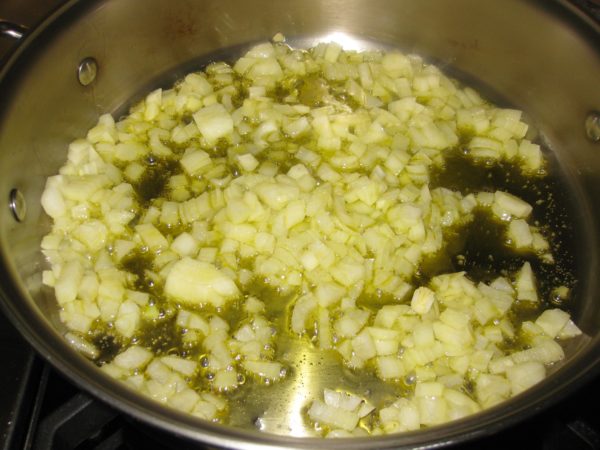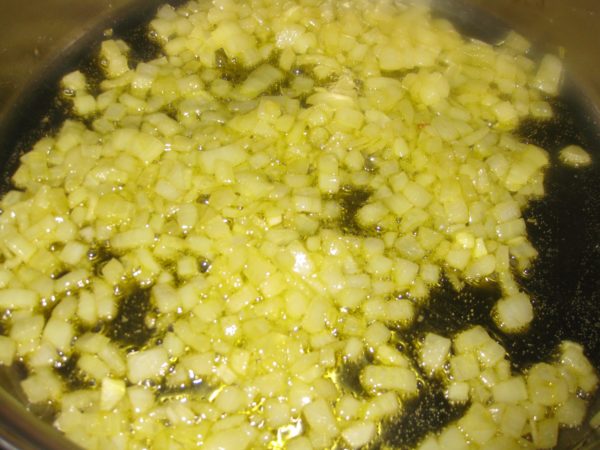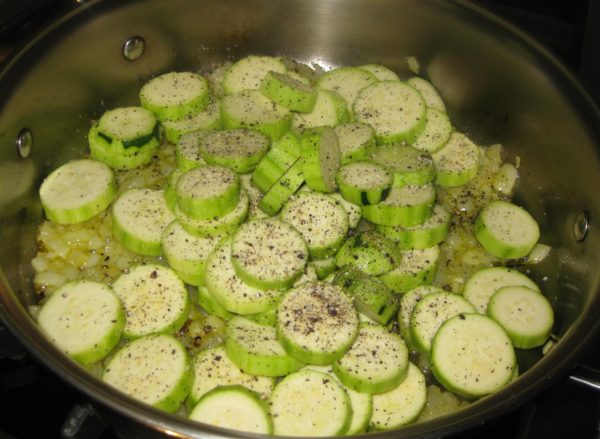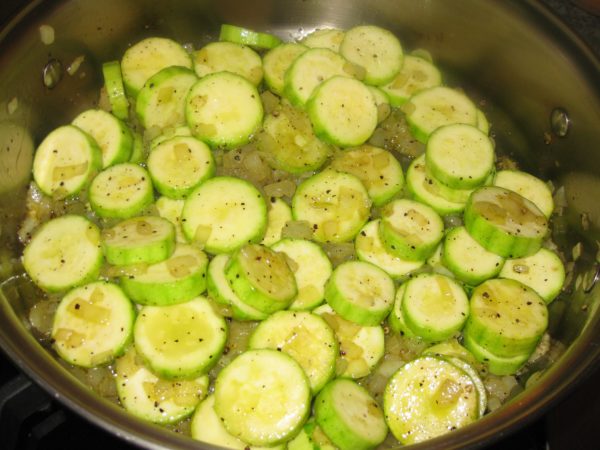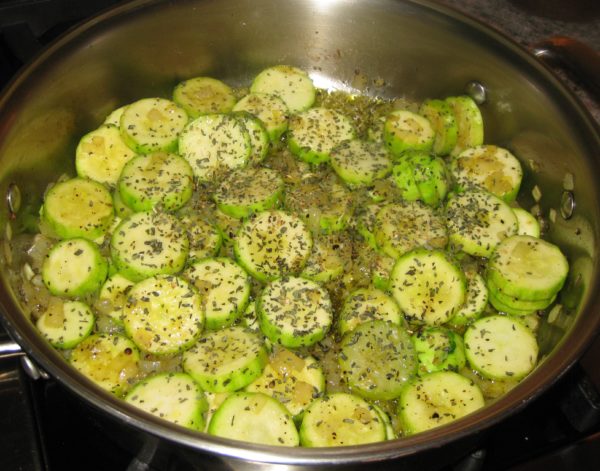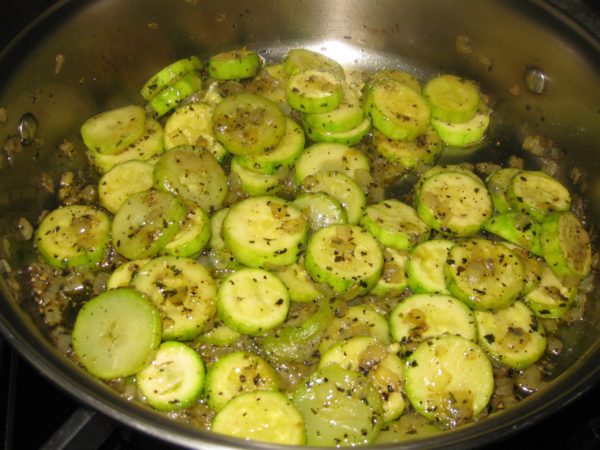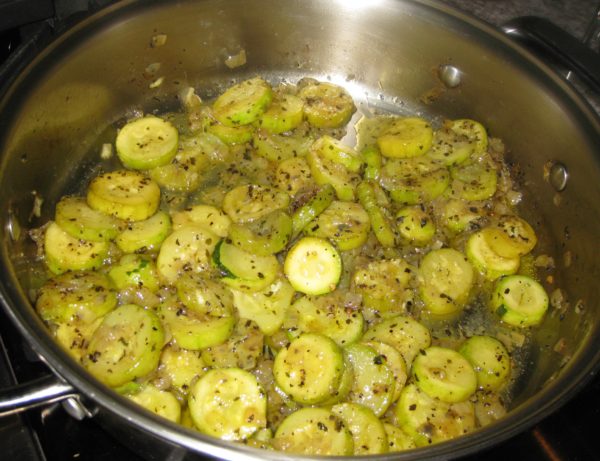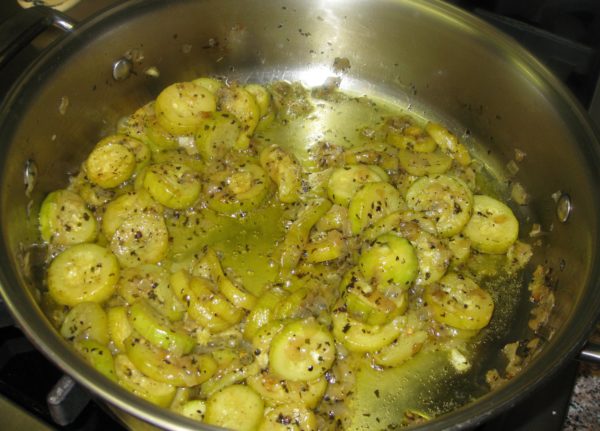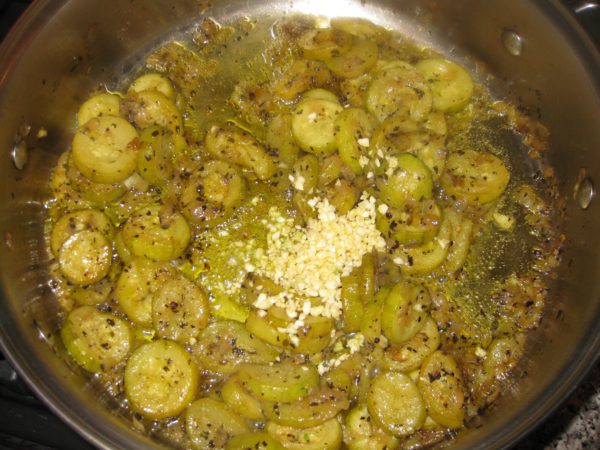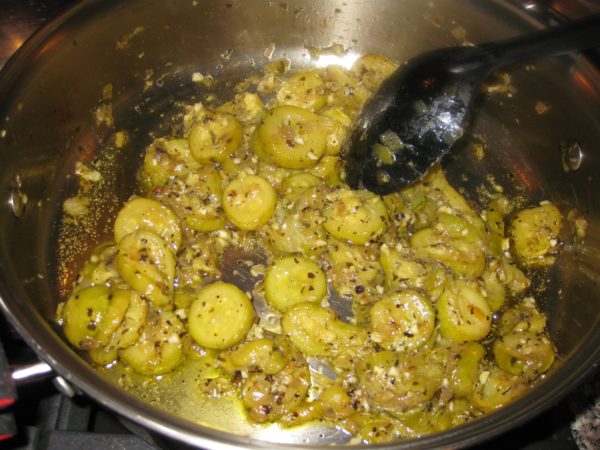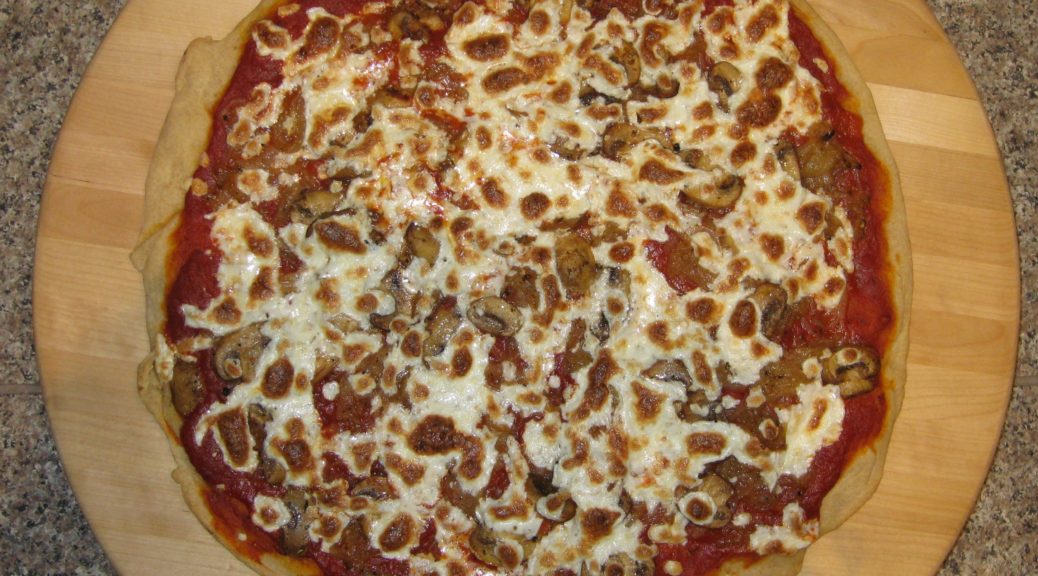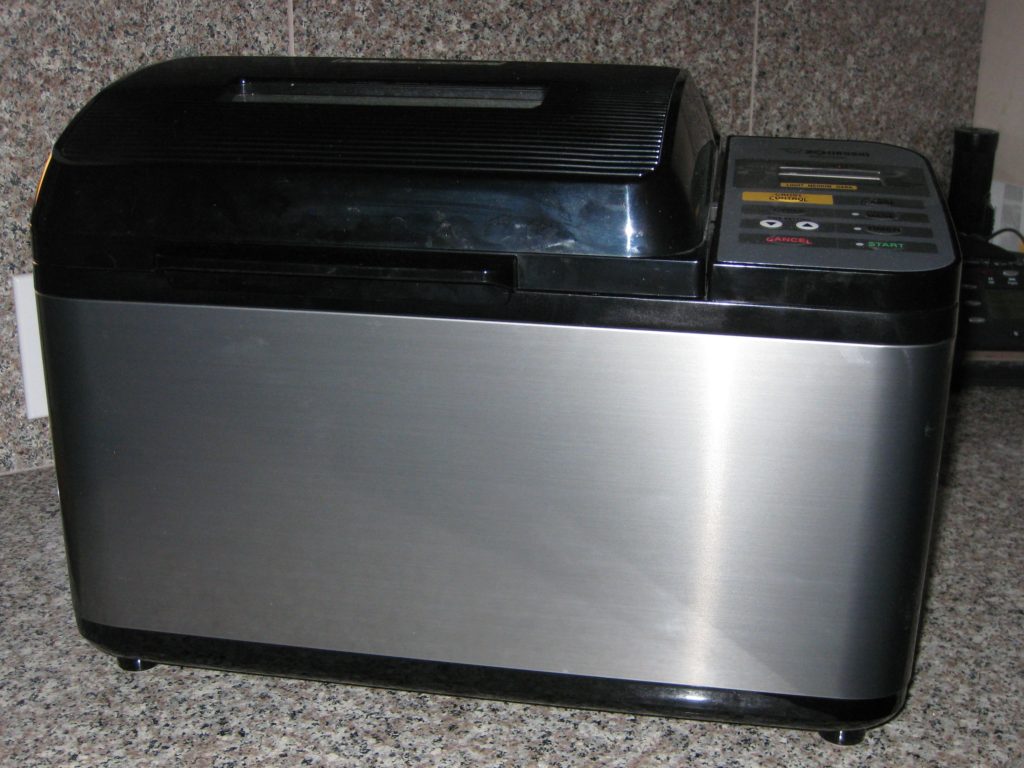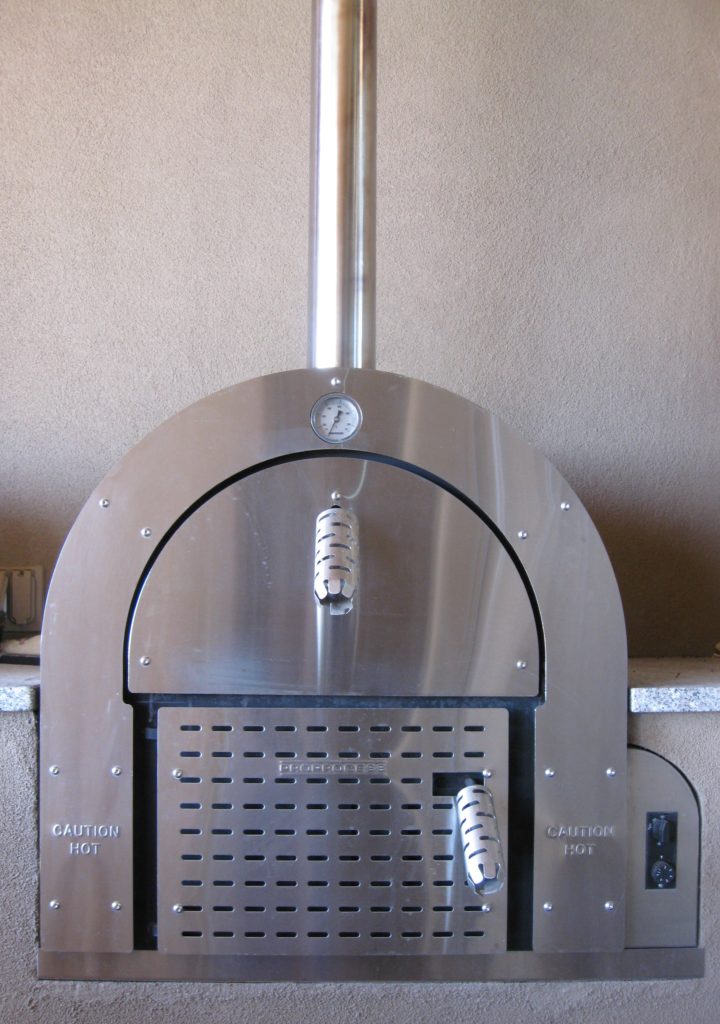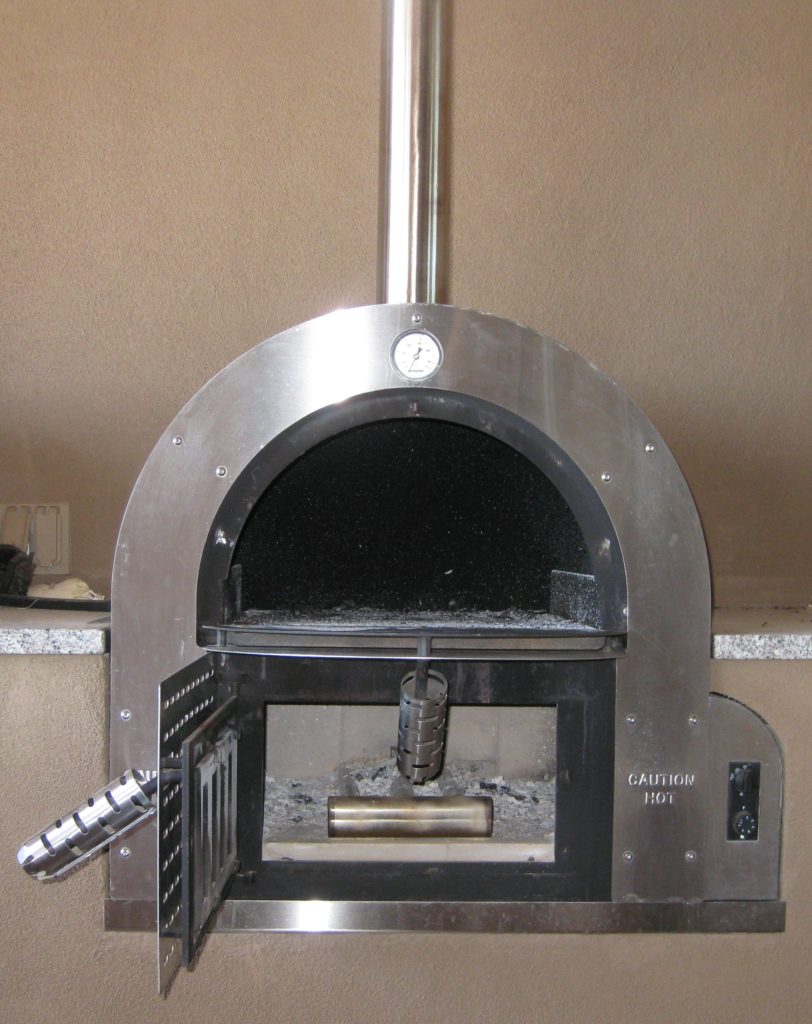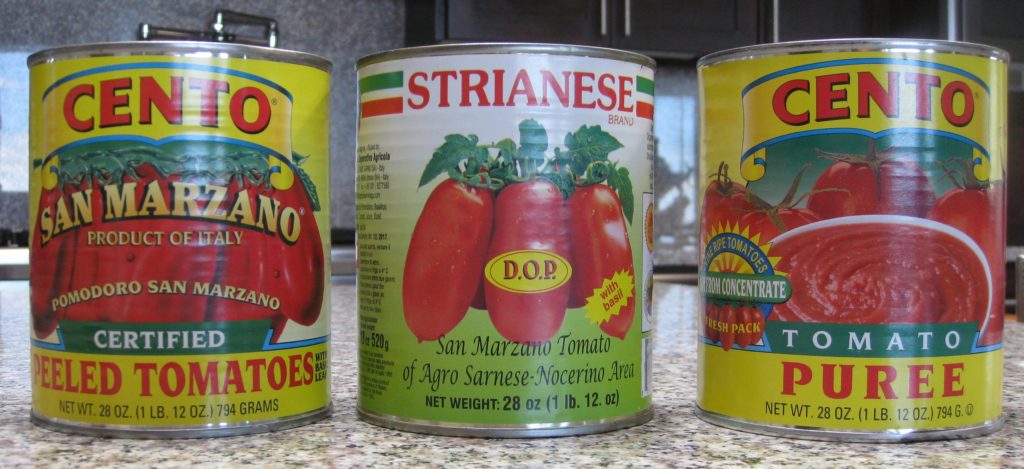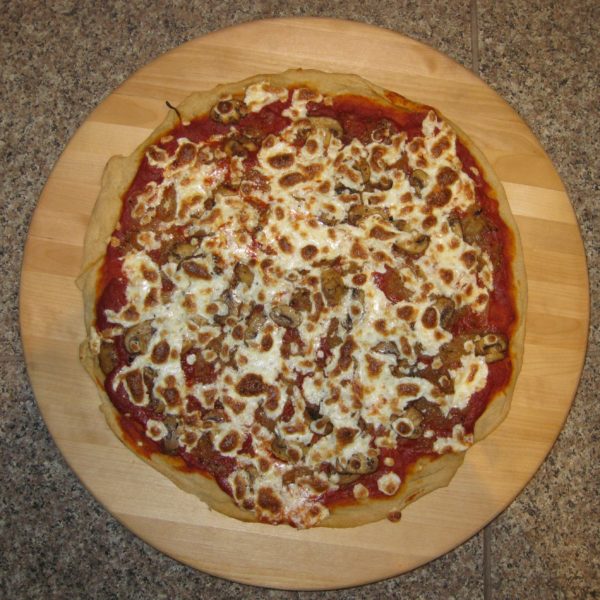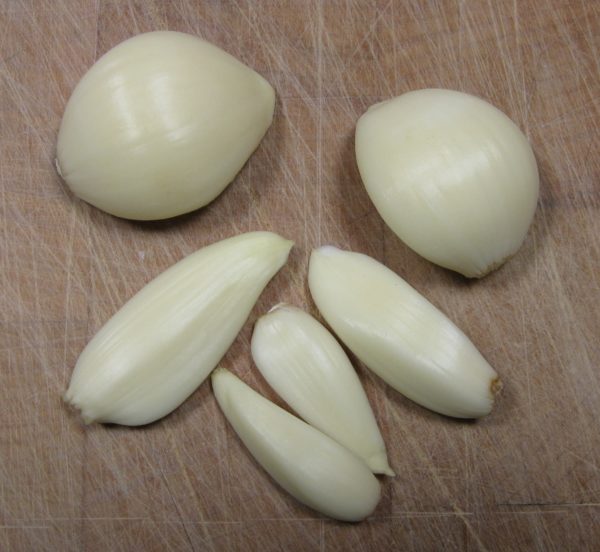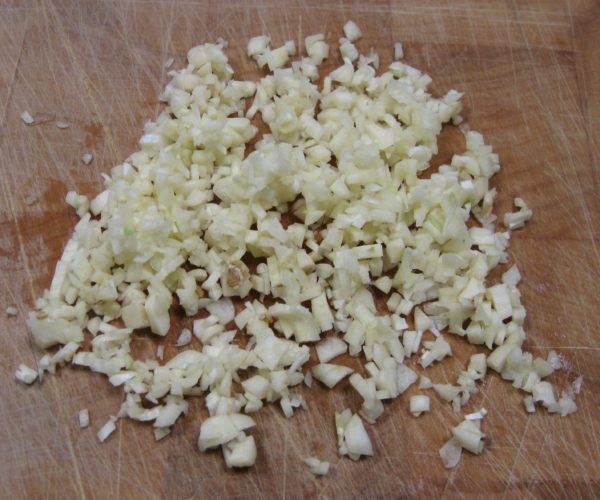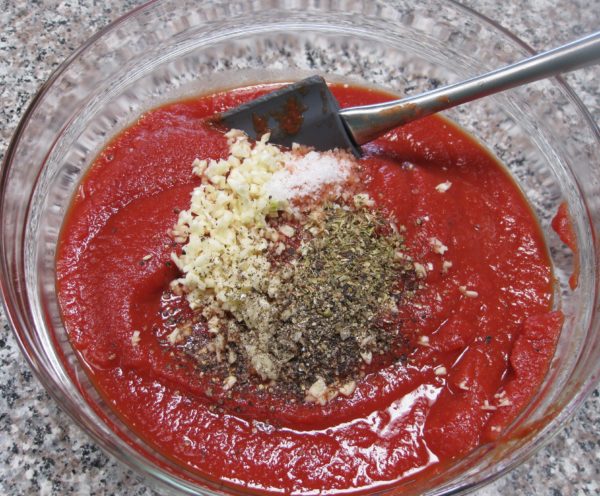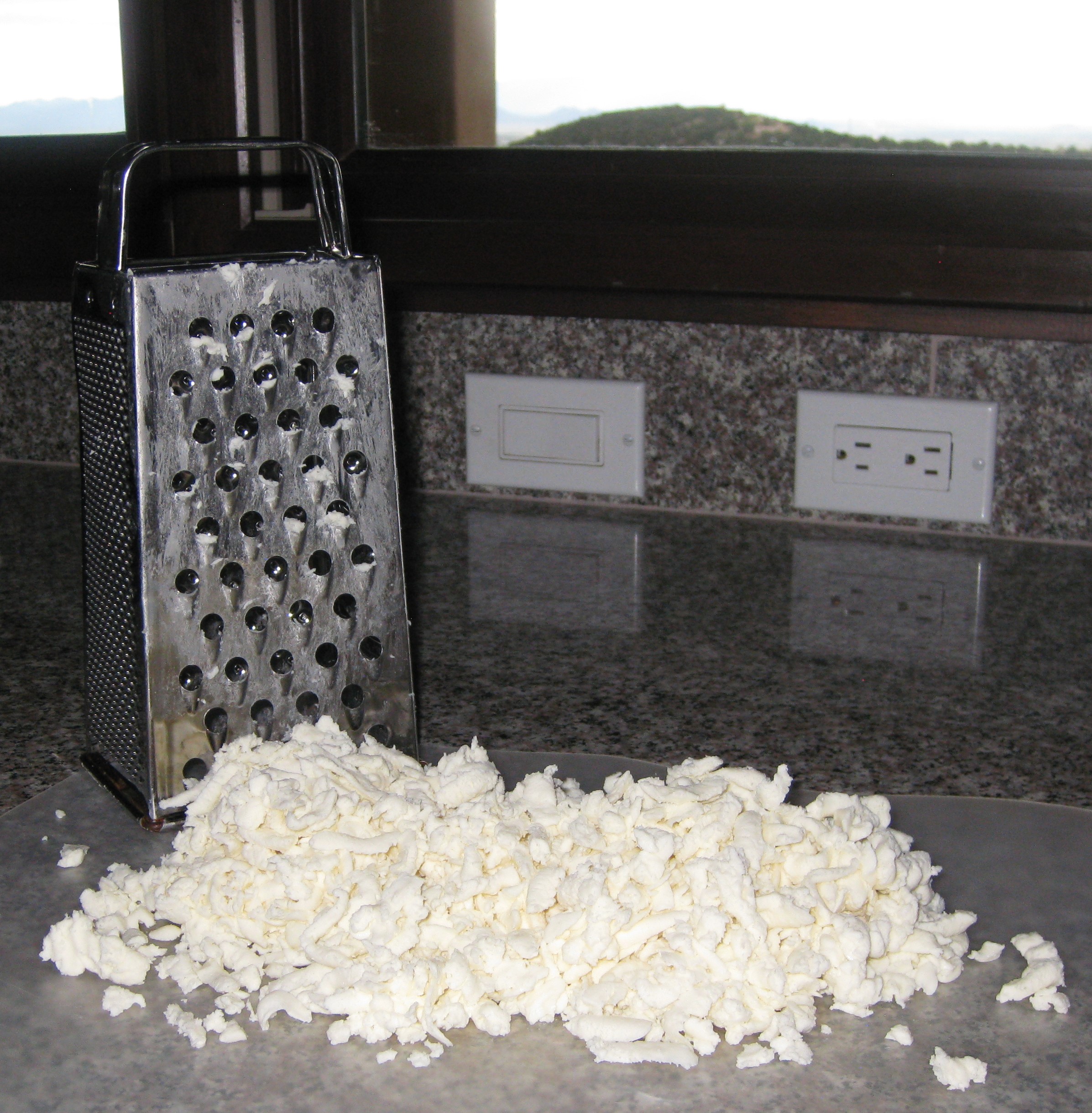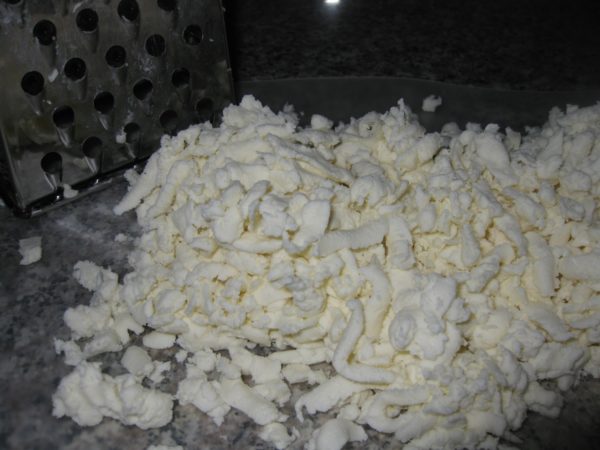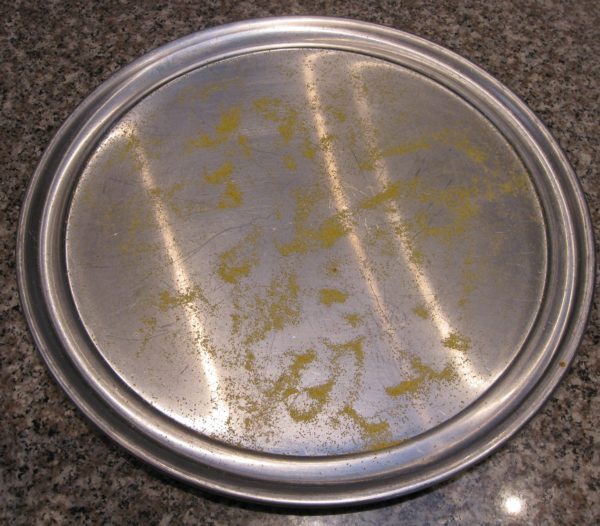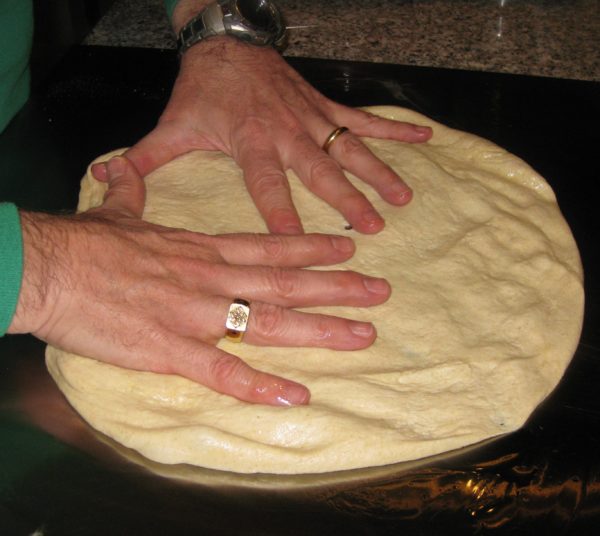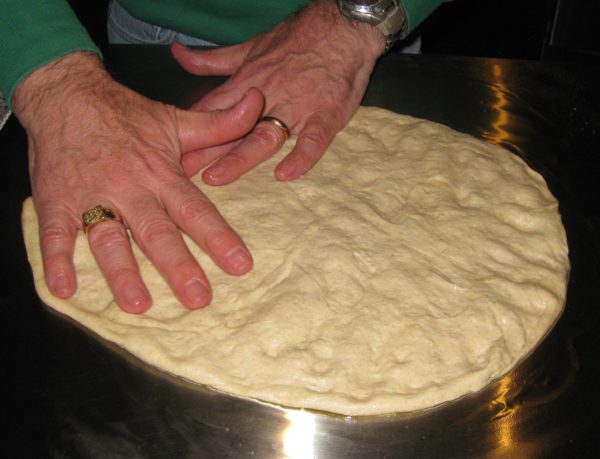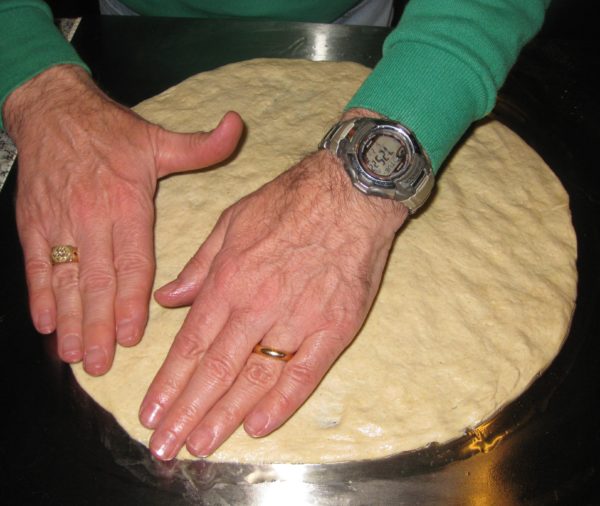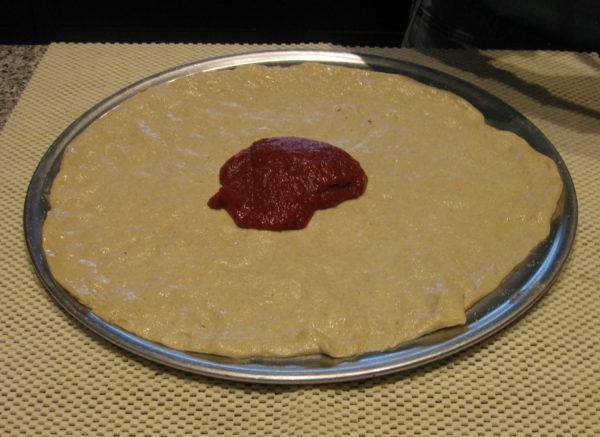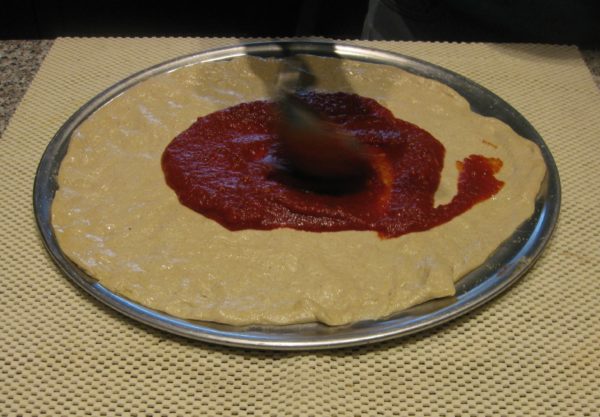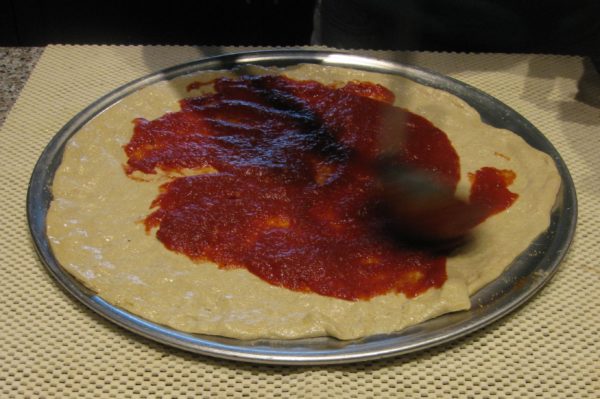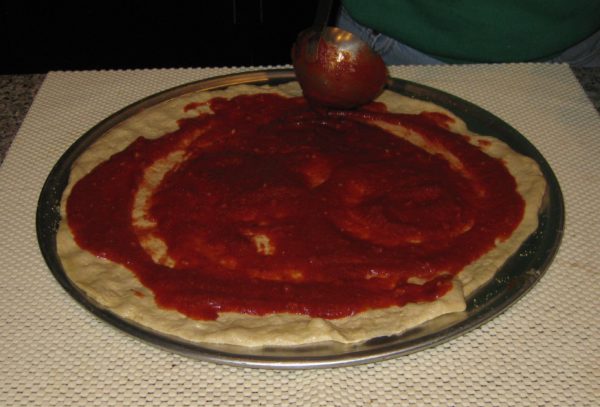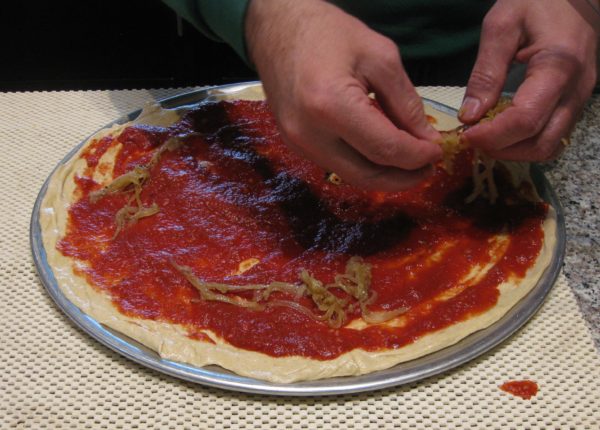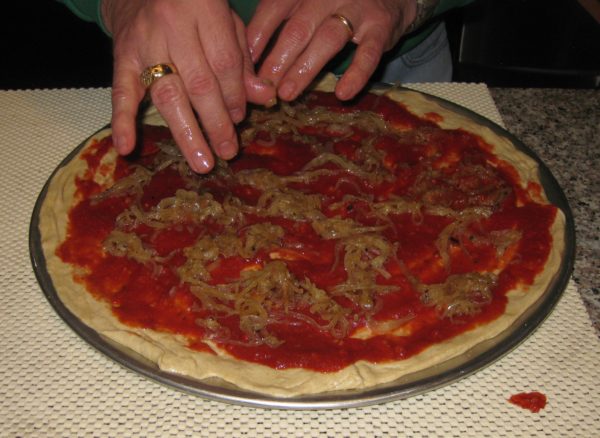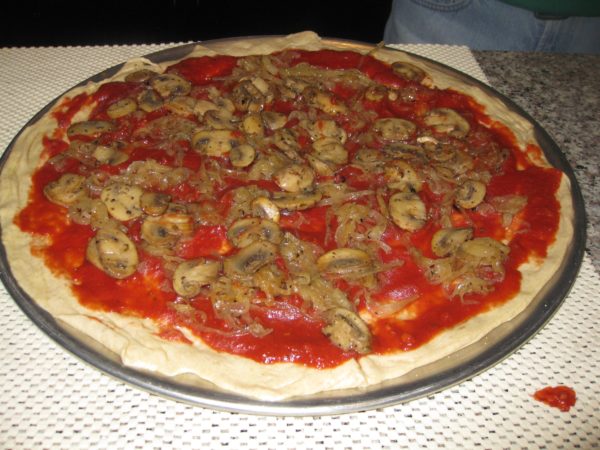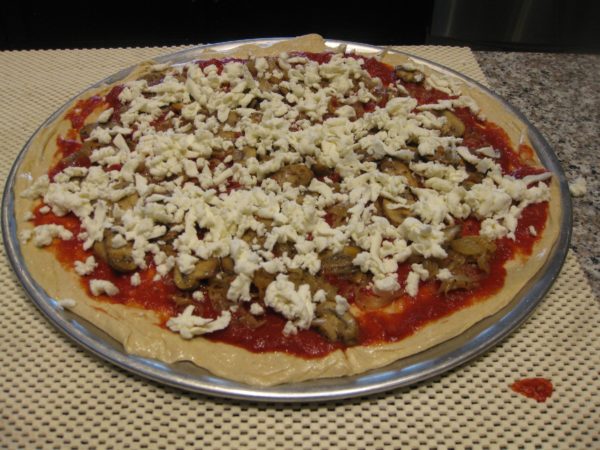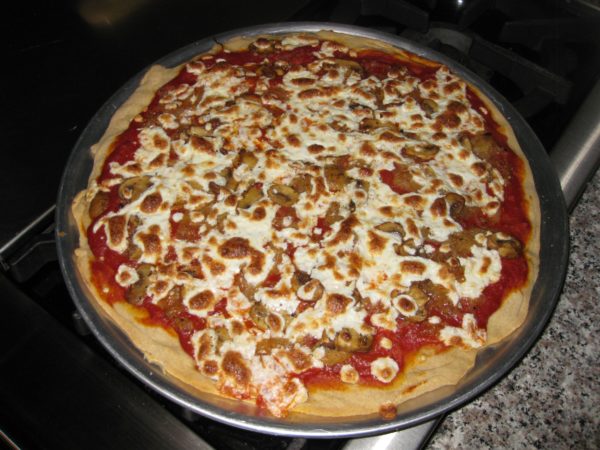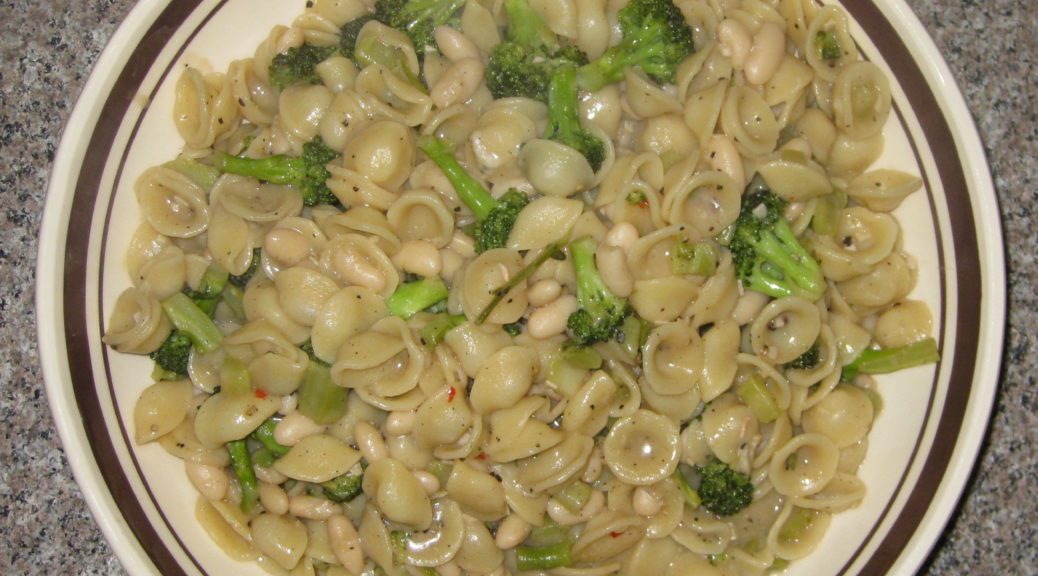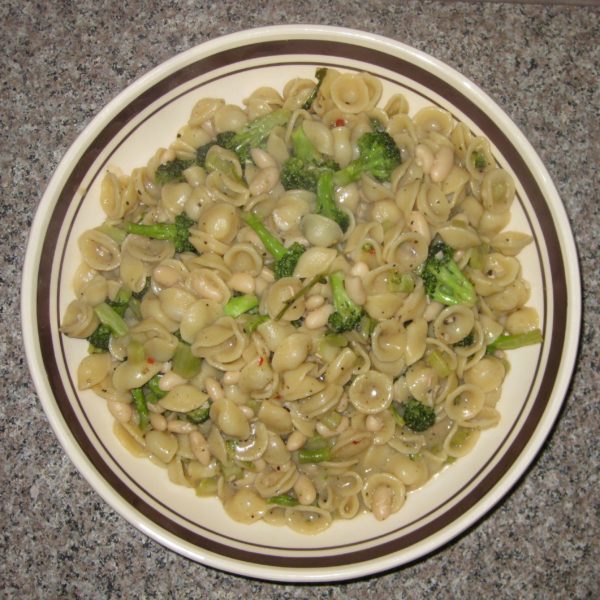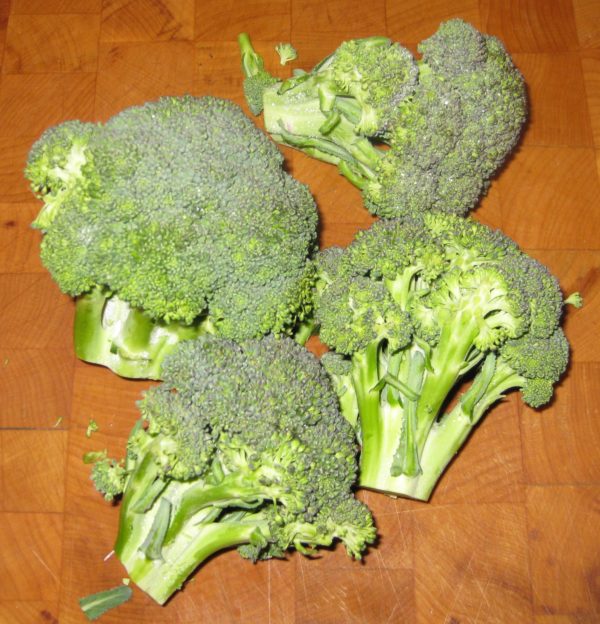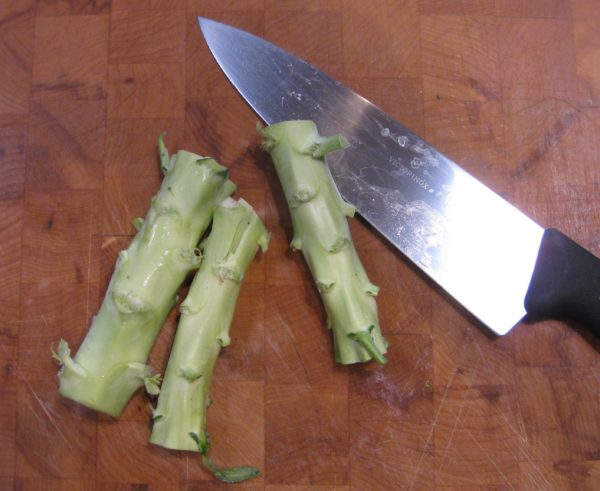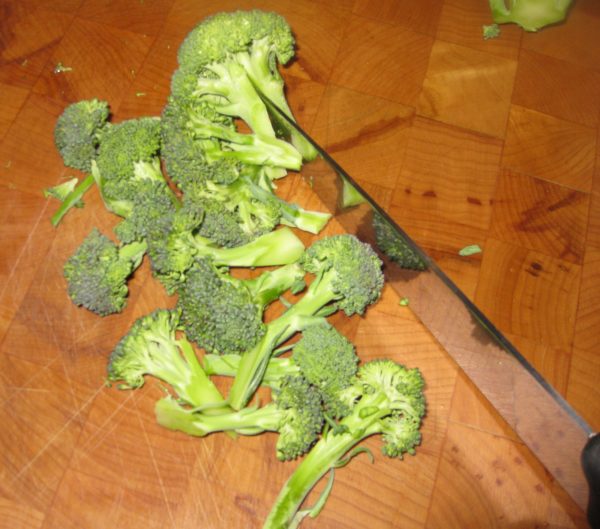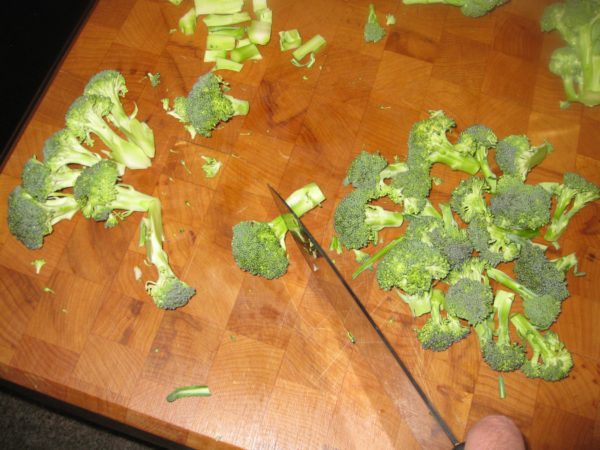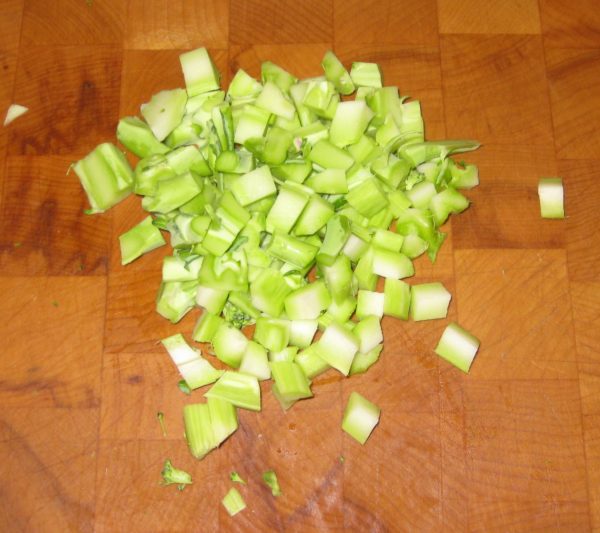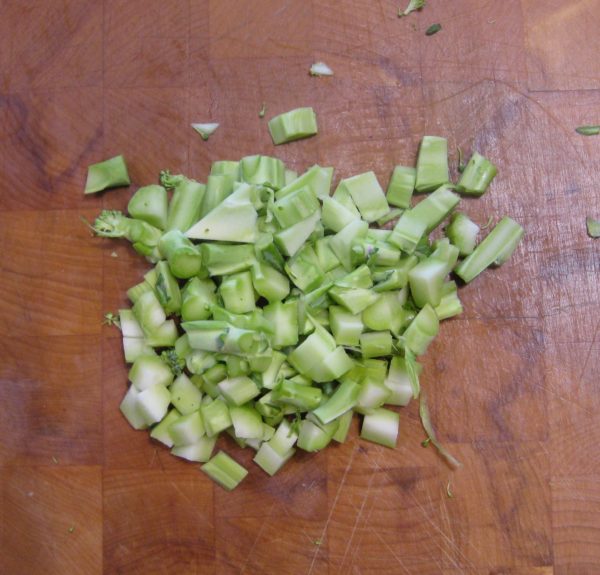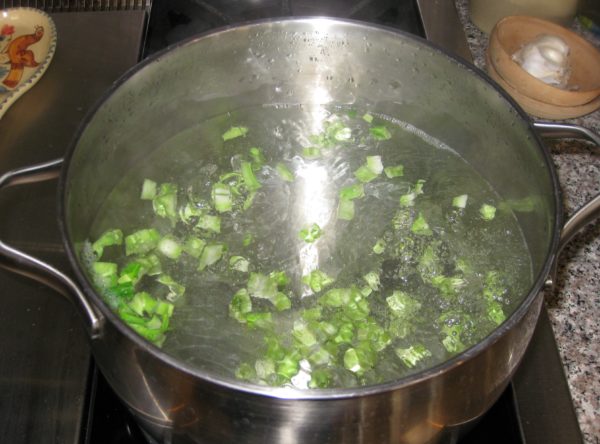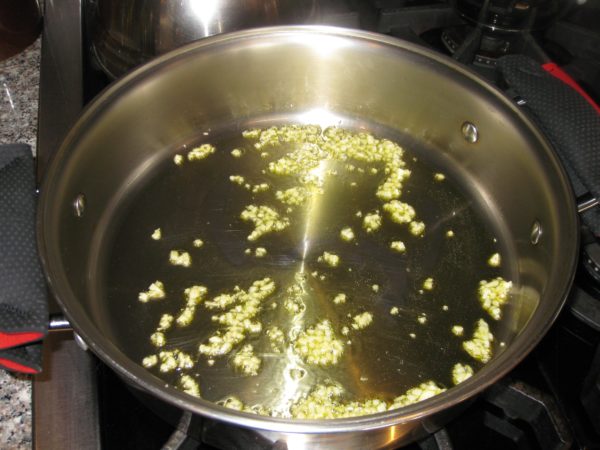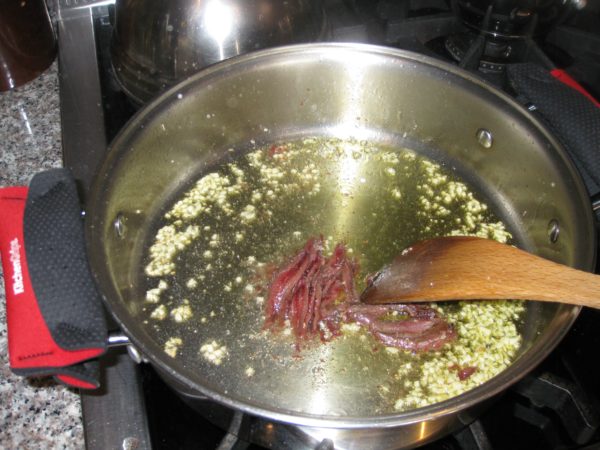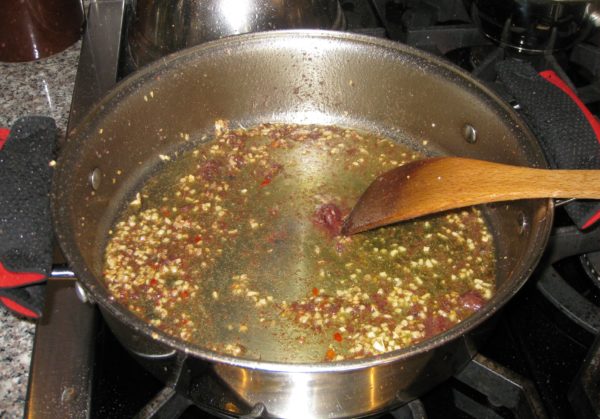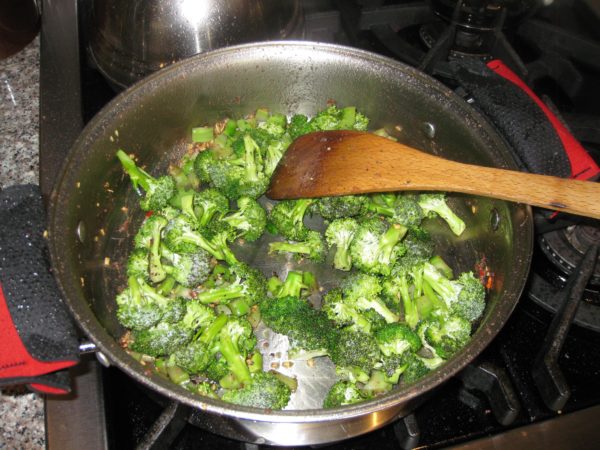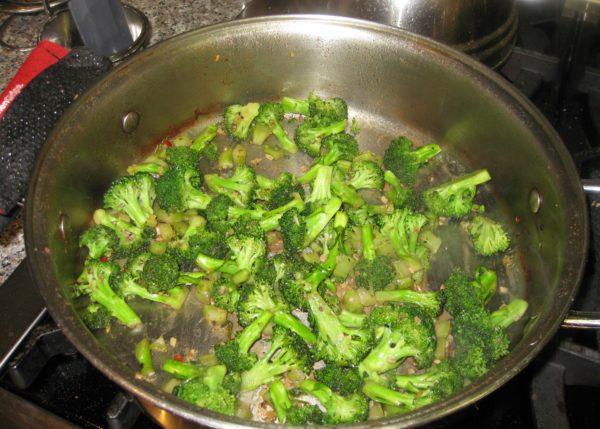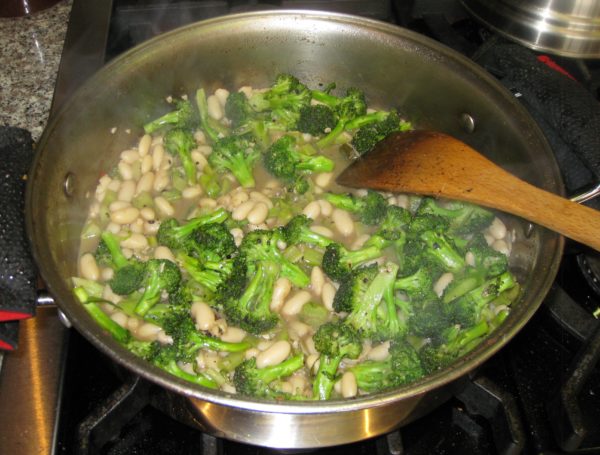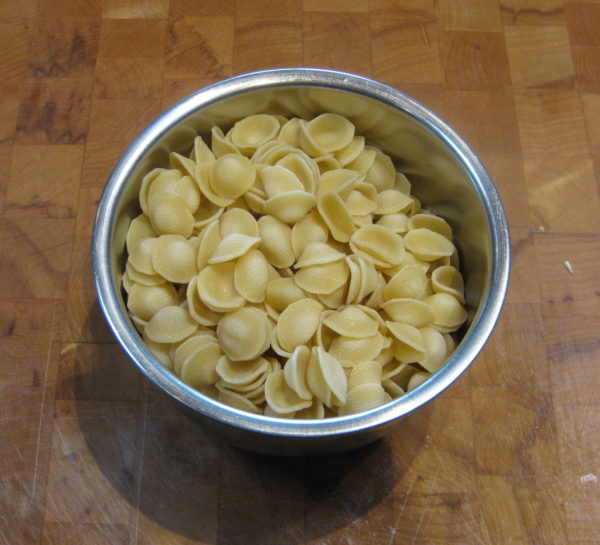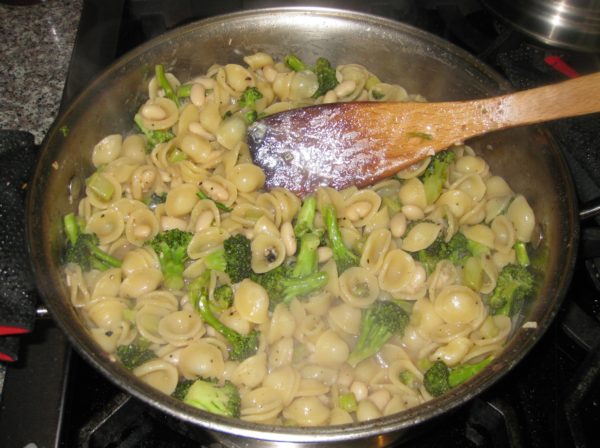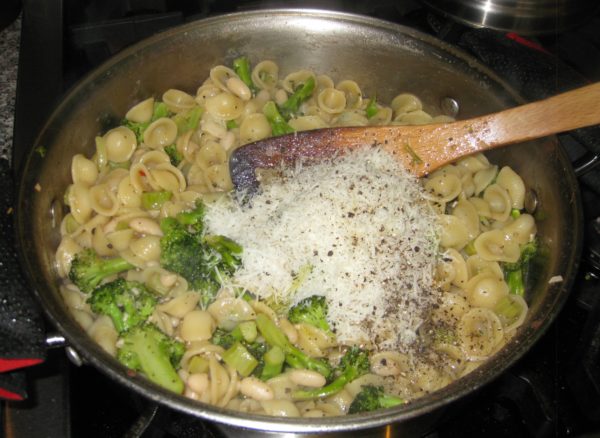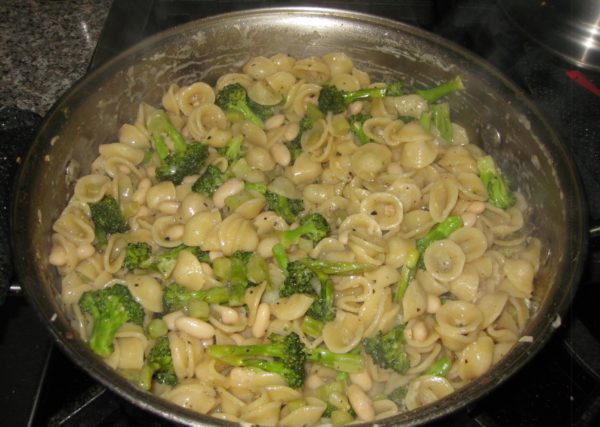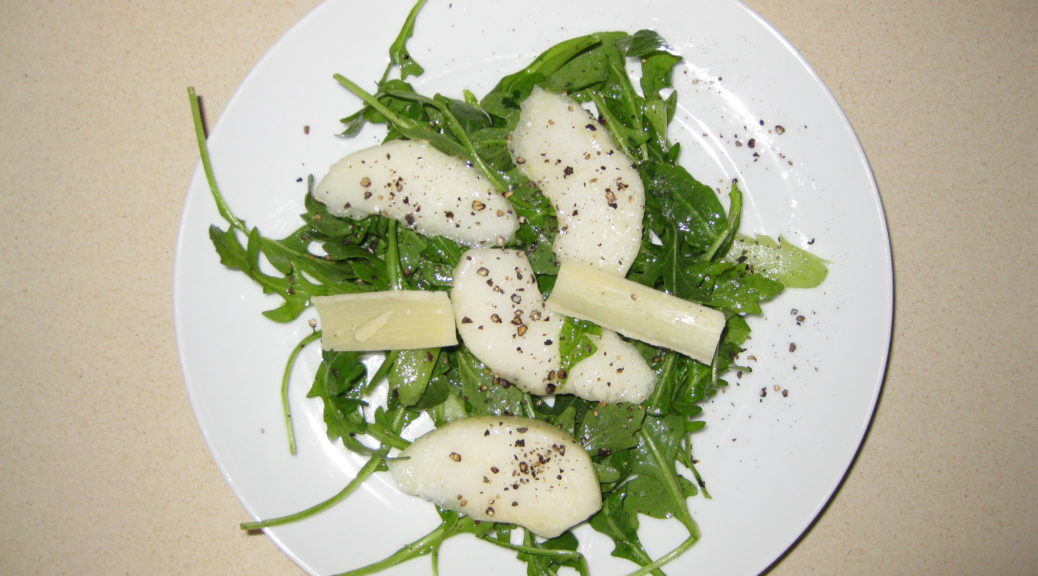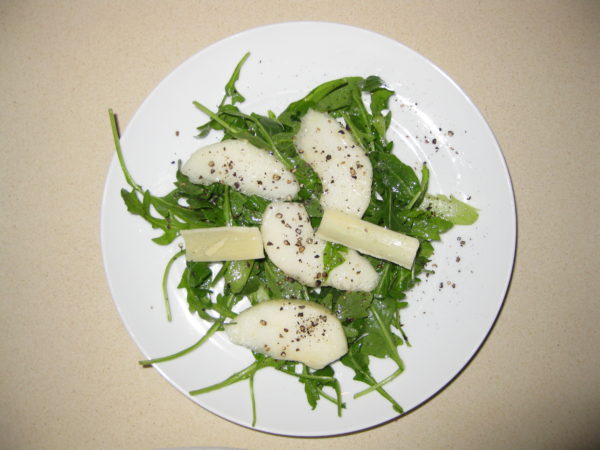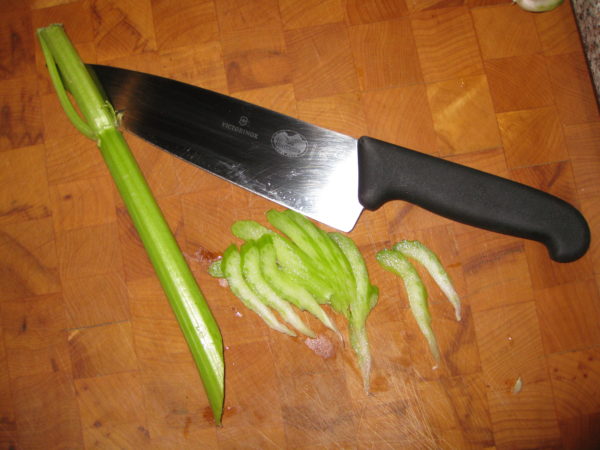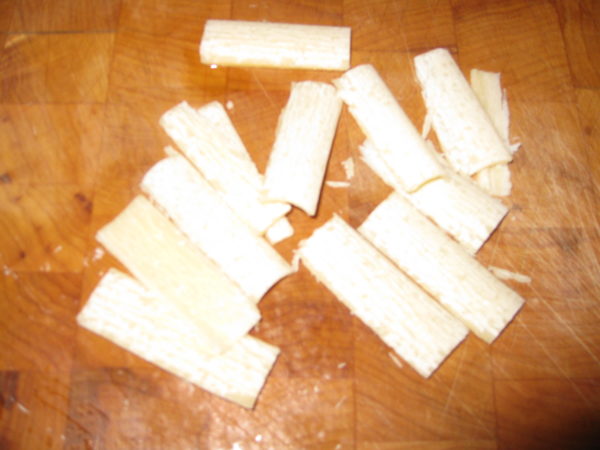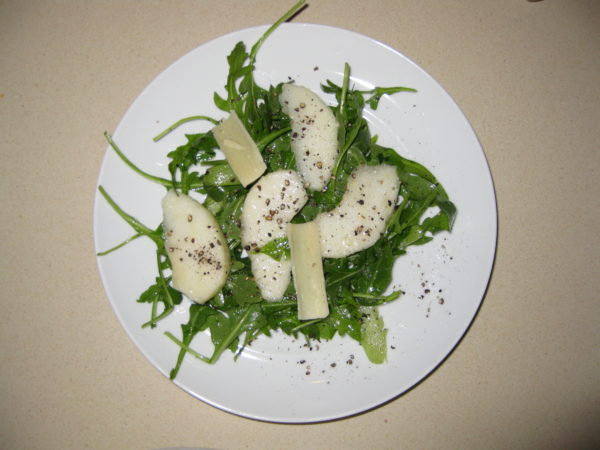July 10, 2017
American chefs frequently do not understand Italian food. Many can produce technically excellent dishes that lack the Italian sensibility.
One common error is putting in too much. Too much of most anything into most anything. To be sure, there are many restaurants headed by American chefs that serve excellent Italian food but there are far more that just don’t get it.
The usual culprit is what Italians would call the First Course, Il Primo Piatto. This is soup, pasta or rice that is served as a separate course before the the Second Course, Il Secondo Piatto (usually meat, fish, or other protein), which is usually accompanied by side dishes, Contorni, in Italian.
Pasta “specials” are quite prone to this phenomenon. There are many otherwise excellent restaurants that think that if a little is good, more is better, when it comes to their pasta “specials.” Because I love pasta, if I’m at a restaurant that has a pasta special I always ask what it is. More often than not, I start yawning (well, not really) part way through the list of ingredients added to the pasta. After more than 2 or 3 main ingredients (not counting things like garlic, olive oil, and a few herbs) it’s too much. You don’t need shrimp, artichoke hearts, chopped tomato, diced onion, roasted peppers, capers, and olives. It’s simply too much. The distinctiveness of the ingredients is lost.
I’m ragging on pasta because that is the most common culprit at American restaurants featuring “Italian” food. Risotto and polenta are prone to the same phenomenon, however. The most common offense is that both of these dishes are turned into vehicles for butter, cream, and cheese. That is not what an Italian would do. In a typical Italian household, polenta is cornmeal, water and salt. That’s it. There’s not usually a pat of butter or a spoon of cheese in sight unless added at the table to the diner’s preference but even that is rare. The polenta is a foil for whatever is served with it. It is not meant to scream, “Look at me!” That doesn’t mean it isn’t supposed to, or doesn’t, taste good. It’s not intended to be so rich and filling that it tries to steal the spotlight or dampen one’s appetite for the rest of the meal.
Unlike polenta, which is meant to accompany other dishes, risotto is meant to stand on its own as a First Course before the Second Course. Risotto alla Milanese is the only exception. Traditionally Risotto alla Milanese accompanies a veal cutlet (in Milan, of course). No other risotto would be served with the second course in an Italian meal.
I realize that most of the time we do not eat a formal Italian meal, even in a restaurant. Most of us have either what would be the first course (pasta or risotto, usually) or the second course (meat or fish plus a side dish or two), preceded by some sort of antipasto (appetizer), which literally means “before the pasta.” Even so a risotto that is a fat “bomb” overly laden with butter, cream and/or cheese, might be American but it is simply not Italian in its sensibility.
Frequently, the issue is clouded even more but the addition of too many ingredients to the risotto. Look at the asparagus risotto from a few weeks ago. There are no competing flavors: a light broth to add some savoriness, a bit of Parmigiano Reggiano, and a dollop of butter. This is a classically Italian risotto.
I guess I’m really beating this one. I clearly have strong feelings about Italian food and what passes for Italian food in America. Think purity of flavor and simplicity of ingredients. If an ingredient doesn’t support the main ingredient it shouldn’t be added. I believe Italian food is the original “ingredient-driven” cuisine.
Ok, off my soap box an on to a recipe; one that is the essence of simplicity.
I’m going to guess that most of you have not had a frittata. It is a fluffy but firm egg dish, usually with some sort of vegetable included. Sometimes a sprinkling of Parmigiano Reggiano or Pecorino Romano cheese is added but only if it supports the vegetable that is the star of the show.
Today’s frittata is onion. That’s it, onion. Plus a little olive oil and salt and pepper. The onion is cooked slowly until it caramelizes. The onion in this recipe was cooked for 50 minutes. You should plan on 45-50. It is mostly hands off, though you do need to stir every few minutes.
Once the eggs are added, they are cooked slowly. Unlike a French omelet where the eggs are barely set and there isn’t (supposed to be) a touch of brown, a frittata is intended to be firm, slightly brown, and puffed up and airy from the cooking style.
Although I have converted to making, almost exclusively, a classic Italian frittata, when I was in college I did it the way my Italian Grandmother did. She included a pinch of baking powder and a bit of flour. It was a little firmer than a classic frittata; more like a savory eggy cake.
That frittata, alternating with sandwiches of butter, onion and blue cheese on homemade bread (not on the same day), constitute my lunchtime memories from my junior year in college.
Click HERE to join our mailing list and you’ll never miss a recipe again!
Print Recipe
Frittata con Cipolle (Frittata with Onions)
I recommend NOT finishing the frittata under the broiler as called for by a number of food writers. First, it isn’t traditional. Second, if the frittata doesn’t slide out of the pan easily so that it can be flipped, you won’t be able to get it out of the pan to serve it after putting it under the broiler. I like using a good quality, heavy-bottomed, non-stick pan though a well-seasoned cast iron pan would work too. It is easier to get the frittata out of the pan if it has sloping sides rather that sides that are completely vertical. You can caramelize the onions several hours in advance and then complete the frittata later.
Votes: 0
Rating: 0
You:
Rate this recipe!
|
|
Votes: 0
Rating: 0
You:
Rate this recipe!
|
Instructions
Slice the onion in half from top to bottom then across into 1/8 inch thick half-rounds.
Warm the olive oil in a 12 inch heavy-bottomed sauté pan with sloping sides.
Add the sliced onion and ½ teaspoon of salt.
Cook over medium heat, stirring often until the onions are soft and caramelized. The onions should take on a uniform golden, then light brown, color. There should not be any dark brown or dry spots. This will take between 45 and 50 minutes. If it takes longer don’t worry. If it seems to happen in less time, the heat is probably too high.
This picture was taken 15 minutes after the onions were added.
This picture was taken 30 minutes after the onions were added.
This picture was taken 45 minutes after the onions were added.
This picture was taken 50 minutes after the onions were added. They are appropriately caramelized.
While the onions are cooking, beat the eggs with a fork. Do not use an egg whip. The idea is not to beat in air but to uniformly combine the whites and yolks. Season with the remaining ¼ teaspoon of salt and freshly ground black pepper to taste.
When the onions are fully caramelized, be sure there is an even slick of oil in the bottom of the pan. If not, add a tablespoon or so more.
Turn the heat to medium high and evenly distribute the caramelized onions on the bottom of the sauté pan.
Pour the beaten eggs on top of the onions, being sure to distribute the eggs evenly. DO NOT STIR THE EGGS once they are added to the pan. Immediately cover the pan and turn the heat to low.
Cook until the eggs are just set in the middle and golden brown on the bottom, approximately 30 minutes. Move the pan around so that the heat is evenly distributed, including putting the pan off-center occasionally so there is heat directly on the edges of the pan, not just concentrated in the middle.
When the eggs are just set in the center, the frittata should release easily from the pan. Sometimes it is helpful to run a silicone spatula around the edge of the frittata to help it release.
Slide the frittata out of the pan and onto a large pizza pan.
Invert the pan over the frittata.
Grasp the sauté pan and pizza pan with both hands and flip them over in one quick motion.
Put the sauté pan, with the now-upside-down frittata, back on the heat, uncovered, for about 5 minutes until the bottom of the frittata is golden brown.
Slide the frittata onto a serving platter.
Recipe Notes
Copyright © 2017 by VillaSentieri.com. All rights reserved.
